Specialized has introduced four new urban electric bikes and the Vado 6.0 is their top-of-the-line offering. Compared with the original Specialized Turbo models, developed in 2010 and dating back to 2012 in the US, the Vado is more balanced and efficient. It relies on a mid-motor from Brose vs. a gearless hub from Go SwissDrive and is being produced in a mid-step as well as traditional diamond high-step frame style. This is excellent news for men and women alike, despite the gender-specific labeling and Body Geometry touch points that Specialized is highlighting. Those with limited flexibility, shorter legs, or the desire to ride with a loaded rear rack, might opt for the mid-step because it doesn’t sacrifice frame stiffness the way many other ebikes do. Both models feature a bottle cage mount on the downtube but the high-step has another pair of bosses on the underside of the top tube which can be used for a folding lock, mini pump or other accessories. And, since Specialized has used an ABUS locking core to secure the Vado battery, you can get a key-matched ABUS folding lock to reduce the number of keys floating around in your life. Note that the demo models we were riding for this media event / review were pre-production and had Specialized Z-Cage bottle holders and SWAT toolkits added, these are not stock.
I was riding a glossy yellow Men’s size Medium and the ladies were spread across black Medium and Small sized Vado 6.0’s. Even though this ebike looks great, I think the triangle downtube isn’t quite as beautiful as the older straight tube… and you miss out on regenerative braking, but benefit from efficient freewheeling action whereas the hub produced cogging slowdown (magnetic drag). Specialized reps stressed this point during the press event, but I think it’s true of most mid-drive systems using high-end motors like Brose, Bosch, or Yamaha that coasting and pedaling is unimpeded. Indeed, I was able to reach 40+ MPH coasting down a steep section of pavement in the hills of Los Altos, California during our demo ride. The bikes really shine on smooth tarmac but I didn’t suffer as much going over cracks and potholes as I have on some of the earlier Turbo models thanks to a 50 mm suspension fork. You could lock this out for increased stiffness and have access to compression and preload adjust. Suspension aside, the fatter 51c (2-inch) wide tires absorb vibration and shock pretty well on their own. It’s interesting to see the Vado 5.0 with a rigid Aluminum Alloy fork because at higher speeds and longer distances, you really start to feel the jitter and that’s a high-speed model as well. One area to consider upgrading on any of the Vado models is the seat post which is rigid aluminum with a 30.9 mm diameter. There are lots of quality suspension seat posts available now in the $150 range, and they go a long way towards reducing neck and back stiffness (at least for me). The cockpit come setup with 25 mm of riser stacks under the stem, which is fairly short so you don’t have to lean far forward. In summary, this is a high-quality, stable, good looking electric bike from a mainstream manufacturer. Other highlights include 180 mm hydraulic disc brakes with tool-free reach adjust on the levers and read switches that signal bright mode for the rear light when pulled. Many electric bicycles come with bells, but the Vado 5.0 and 6.0 come with an electronic horn that’s quite satisfying to honk… for fun or otherwise. I love the 11-speed Shimano Deore XT Shadow Plus drivetrain because it shifts quickly and has a one-way clutch (a little grey lever on the side) to keep the chain tight on rough terrain. It also has rigid thru-axles front and rear to increase stiffness and stability at high speed, neither these or the seat tube collar have quick release (to prevent theft or tampering). You get reinforced rims, puncture-resistant tires, integrated LED lights (the headlight was designed by a motorcycle maker and is said to evenly distribute light) and a pair of life-changing fenders. Actually, I feel like they could have named this bike the Specialized Turbo Fender because that’s where the real action is happening! Sure, they custom tuned the suspension fork, dialed in the motor controller, opted for high-end batteries from Samsung / LG and got a battery management system from the people who design for Apple… but those fenders! Made from tubular Aluminum alloy, they are stiff, quiet, and supposedly very effective. Unfortunately, there was no rain available for me to confirm, but this video was pretty convincing. Normal tubular alloy fenders work great but usually stop short in the front because they could get in the way of your toes while pedaling or collide with curbs and other low obstacles. So, Specialized developed a bendable plastic extender called the Flextender (cute). And, with a bit of wind-tunnel testing, they realized that water is often deposited towards the back of fenders and then gradually pushed forward during high-speed rides… only to blow back into your face. Did I mention the Vado 5.0 and 6.0 can hit ~28 mph and are classified as Class 3 speed pedelecs? So yeah, you’ll get to work faster but your face might get very wet if it weren’t for those fenders. This is where another little innovation comes in. Two curved strips of plastic were designed into the upper edge of the front fender to chanel water out of the sides vs. straight up and forward. Apparently, in parts of Europe there are fenders with little brushes that perform a similar role. It’s a proven concept but one that Specialized has dialed in. One final callout I’d like to make is the magnetic charging port cover for the battery pack. Specialized uses the EnergyBus Rosenberger Standard which can be connected to the charger on or off the bike and pops out easily if tripped over. The only downside to this standard (as seen with earlier Turbo models) is that the cover for the port can be set down and left behind… only to be vacuumed up or swallowed by small children. So yay! The cover now stays attached thanks to a little rubber leash.
Driving the Vado models, all of them, is a Brose mid-drive that physically the same as what’s used for the Specialized Levo mountain line of ebikes. I was told that the software has been optimized for each product line and speed class (the slower Vado 2.0 and 3.0 vs. the Class 3 Vado 5.0 and 6.0). You’ll get increased range riding slower on the Class 1 models (up to 20 mph) but the battery packs are lower capacity and don’t reduce weight because the cells aren’t as energy dense. It really comes down to price and desire for speed. Anyway, the confusing thing for me is that the motor systems are rated at 250 watts nominal for the 20 mph bikes and 350 watts nominal for the 28 mph bikes. And to me, this just seems like marketing because I believe they can all reach 90 Nm of torque output (which is more than Bosch or Yamaha) and they peak out above 500 watts. I’m telling you this because there are many other Brose powered electric bikes on the market these days and I think the real difference is not so much in the hardware or watt rating but in how the controllers are setup, how the batteries are integrated into the frame, and possibly how the motor is cooled. And Specialized is a leader in all of those arenas. A plastic skid plate is mounted along the base of the bottom bracket motor area with channels for air to pass through and passively cool the drive system (allowing it to operate more consistently and for longer periods at high-power). That sounds pretty neat but my first thought was “won’t dust or mud get in there?” and that’s where those magical fenders come in again. Note that the electronics on this ebike are all rated against water and dust ingress at IP67 so you can probably hose it down (with low pressure) without risk of damaging the electronics. The final points to share about the motor are that it uses an internal belt system to transfer power from planetary gears to the chainring which makes it feel smooth and operate quietly, and that it relies on rear wheel speed, pedal cadence and pedal torque to activate. Unlike many of the other systems on the market, which use spoke-mounted magnets to measure rear wheel speed, the Vado uses a disc-rotor mounted magnet that is less likely to be bumped out of alignment… or hacked, for those who try to change how motor performance is handled using after market dongles.
Powering the bike is a massive 36 volt 16.8 amp hour battery pack with some of the highest grade of energy-dense Lithium-ion cells available on the market today. Unfortunately, I got to the press event late and was not able to take the pack off to weigh it independently… so the Swiss product manager told me it’s ~6.6 lbs. I’ll be sure to weigh one in the future and update this. Assuming he’s correct, that weight is pretty good for 604.8 watt-hours of capacity. Unfortunately, I didn’t see a handle on the pack and was not able to take it off and really hold it myself. This is one of the most sensitive, expensive parts of the bike. So be careful with it and consider leaving it on-frame to charge. If you live upstairs, you can use walk-assist (hold the plus button on the control pad) to help you push the bike vs. lifting it as I did towards the end of the review. It’s a bit of a trade-off unfortunately, because with walk-assist the pedals can bang on the steps or hit your shins. At 55.4 lbs, this is not the lightest electric bike out there by any means. I did weight it independently and think that the bottle cage and tiny SWAT toolset might have added a half pound or so but this is still slightly more than the Specialized reps said. The Turbo line has always been a little heavy, but that gives the bike a solid stable feel… and the weight is positioned very low and spread naturally across the Vado frame vs. the rear-heavy Turbo X and S models. The largest battery should take you from 30 to 80+ miles depending on how you ride, how much you weigh, how old the pack is and even what temperature it is outside. Store it in a cool, dry place and always avoid high heat. I wasn’t able to test this, but I’d guess a full charge would take 4.6 hours from empty with the stock 4 Amp charger. Specialized sells a smaller, lighter weight 2 Amp charger for travel or if you’ve got limited space in your bags and want to take it along.
Operating the Vado e-bikes is a one-step process that starts with a button near the top end of the battery pack. Once mounted, press this power button for a full second and look for the five green LED lights below the button to flicker on. Then, look up at the TFT display panel and wait… The system isn’t as quick or intuitive to turn on and off as some others, the most intuitive being Bosch, and I found myself a little confused at times, especially when turning it off. I felt like I had held the off button and should see some feedback about the system shutting down but then the display would just stay on. It’s like those automobile lights that stay on for a few minutes even after you’ve shut the car off, locked it, and walked away. I was told by another rep that the display times off on its own after a bit longer, perhaps this is meant to keep the lights active for safety if you’re parking on the street? The fact that the display can be removed from the bike is very handy because it can reduce tampering and weather wear (or vandalism), so maybe I should have just twisted and taken the display to ensure the bike was shut off? I’ve been trained by other ebike brands not to do this until products have been fully shut down so as not to disrupt the system. Anyway, it’s a cute little screen and features touch controls for quick intuitive navigation of settings. Despite being small in size, the readouts are large and clear. Because it’s transflective, the display is easy to see in bright settings but is also backlit for the dark. I mostly like it and feel that the remote button pad (used to navigate the three levels of assist, change readouts and honk the horn) is easy to reach and understand without being distracting or attention grabbing. The display mounts to a special adapter on the stem along with the headlight and can be pivoted up or down to reduce glare if not over-tightened. And of course, there’s the Micro-USB port at the base of the display panel which is perfect for charging your phone or additional portable electronic devices. The Turbo Levo electric mountain bike models did not have USB charging ports and this meant that using the Bluetooth Mission Control app would drain your phone. With the Vado, there’s plenty of space on the handlebar to mount your phone and keep it charged… And you can use the app to plan rides and tell the bike to arrive with a set percentage of battery remaining. Or, you can send GPS data to the TFT display on the bike and leave your phone in your backpack… This is a cool feature because it saves phone battery (since I believe it’s able to receive data from your phone without the phone screen being on). It keeps the dash area of the bike clear and doesn’t require such a fancy ebike system that might require a phone plan of its own to operate and download map data. In short, the display is a big step up from the Levo (which didn’t have a display at all) and prior Specialized Turbo models which used rubberized joystick navigation (that would often wear thin or break) but I wish it turned on and off a bit quicker or more intuitively.
It’s clear that Specialized has put a lot of thought into this new city line of electric bikes. And depending on how you intend to ride, you could swap the tires for some hybrid designs up to 52 mm in width and still manage to use the fenders. The rear rack is sleek and capable with Racktime mounting points compatible with baskets and other branded accessories and the lights are bright and sleek so you don’t have to add your own later, charge them separately, or deal with extra wires. Just like most of the other Specialized e-bikes, the Vado feels clean. The big upgrade for me was in frame balance, climbing power, and operational efficiency if you shift appropriately. Even though it’s not super light, it’s easier to lift and carry. Shifting gears is one area to be careful with, especially if you find yourself climbing a hill from rest Be patient and slow, practice shifting down as you approach stops so that you can accelerate more efficiently and reduce hard shifts. If you do start off in a high gear, gather some momentum then ease back on your pedal force and THEN shift. If you handle the bike carefully like this and learn to shift thoughtfully, the chain, sprockets and drivetrain will last a lot longer between tuneups and not break as often. My Uncle has owned a mid-drive powered electric bike with built in shift sensing and he has gone through several chains and two high-end derailleurs over the course of a couple years. Now, he ride every day and uses the bike off-road… but that’s the big opportunity with a bike like the Vado that could help you commute every day. It’s very capable, blends in, can go far while keeping you dry and safe, and there’s a range of models to fit your body size and budget. Big thanks to Specialized for offering to fly me out to their event (I drove) and putting me up in a super fancy hotel for a night. They provided locks and schwag for members of the press (along with a nice dinner) but I got there too late and missed out on some of the goodies. Dang! Events like this are fun but I’ve been extra detailed and transparent here in the review and am trying to scrutinize the bike so you can decide if it fits your needs. I imagine that for many people, this could be the first ebike they’ve come across, which is ironic considering how perfectly it blends in. I love that Specialized is sold through a wide network of shops around the world, that they offer a solid warranty, and are committed to developing integrated solutions with custom work vs. a bolt-on kit. For those with limited budgets but a love for speed and beauty, check out the older Specialized Turbo ebike models that have been on sale in recent months to make way for the Vado.
Pros:
- Interactive TFT touch-screen display panel allows you to navigate menus quickly, can sync with the Mission Control smartphone app to display GPS, track routes, and record elevation, you can also engage with it using the handlebar remote to adjust assist level or cycle through standard trip stats like odometer, trip distance, ride time and range estimator
- The display panel interface has a Micro-USB port offering 5 Volts and 700+ milliamps of power so you can charge a phone and use the Bluetooth Mission Control app from Specialized while riding without draining your battery too much, the app allows you to plan trips and adjust motor performance characteristics at a deeper level
- Sturdy tubular fenders hug the tires to keep you dry and clean, the front fender is extra-long featuring a multi-plastic (sort of rubberized) Flextender to keep your feet and shins dry, if this portion of the fender is kicked or collides with a curb it bends naturally, Specialized calls their new fenders “drytech” and has tested them in a wind tunnel to simulate how water responds at ~20 mph, the top portion of the front fender features a plastic wall to spread water to the sides vs. out to the front and up into your face… this can happen when air is pushed quickly forward at high speed
- The fenders and rack were very quiet, even though the Flextender portion vibrated and bounced around a bit, it didn’t produce much noise at all and the custom cargo rack felt sturdy but didn’t add much width or length to the bike, I like how it’s minimalist and integrates the brake light
- Integrated lights help you see and be seen in dark riding conditions, the headlight is mounted underneath the stem keeping the cockpit clean and points where you steer, the rear light is at the very end of the rack so it won’t get blocked by panniers or trunk bags and it goes extra-bright when either brake lever is pulled
- In addition to integrated LED lights, there are several reflective stickers on the fenders and rims to increase your visual footprint in dark riding conditions, this is especially important given the optional black / grey color scheme
- The Brose mid-drive motor is extremely compact and quiet, it has a carbon belt inside that transfers power from the planetary gear, it feels smooth and is very responsive… the base of the bottom bracket has vents to allow air to pass directly across the motor casing and cool it
- Excellent weight distribution with both the motor and battery mounted low and center,
the frame is totally custom so the electronics blend in and wires are internally routed, the battery doesn’t stand out thanks to a paint-matched shell - I like how the battery tips out towards the left side vs. going up and down because this allows the mid-step frame to have a lower top tube and will reduce frame bumps when mounting and dismounting the battery
- Available in four frame sizes for improved fit, I was riding the Medium for this review ant it handled very well in a default “upright” position but the stem can be flipped and spacers put on top vs. below if you want a more aggressive aerodynamic body position
- The Men’s high-step Vado frame has two sets of bottle cage bosses (in the traditional spot on top of the downtube and below the top tube) This is especially useful if you want to mount a folding lock, mini-pump or other accessories without adding panniers or a trunk bag
- Specialized offers a solid two-year comprehensive warranty with lifetime on the frame and has a vast network of dealers who can provide expert fitting and maintenance
- The bike frame was designed to feel stable and I was able to pedal down a hill at 40+ mph comfortably, Specialized uses Body Geometry fit data from over a decade of research and includes gender-specific Body Geometry saddle and grips for improved comfort
- The battery pack and display are removable so you can store them safely and charge them conveniently, I’d suggest removing the battery when carrying the bike or using walk mode to help climb stairs, the locking core is made by Abus and they can match folding locks to the same key for convenience and reduced clutter if you want
- The charger has a magnetic interface so it won’t knock your bike over as easily if the cord gets tripped over,
the cover for this plug on the bike is also magnetic and has a little rubber leash so it won’t get lost so easy - High-end 11-speed drivetrain makes it easy to start and climb or maintain the ~28 mph top speed, The Shimano Deore XT Shadow+ derailleur keeps the chain tight on bumps to reduce bouncing and slipping with a one-way adjustable clutch (this drivetrain has traditionally been reserved for mountain bikes), the same clutch can make removing the rear wheel easier if locked so the derailleur doesn’t spring back
- Unlike the Specialized Turbo Levo e-mountain bikes that also use the Brose drive system, for the Vado models the battery actually locks to the frame (the mountain models just have a 15 mm thru-axle holding it in place) and the charging port has been elevated to the top of the pack to stay clear of the cranks vs. the Vado where it’s very low, basically under the bottom bracket
- The battery mounts from the top left side so putting it on and taking it off is less likely to bang the top tube and has allowed for a lower top tube on the Women’s model
- The drive system uses freewheels to decouple when pedaling unpowered (or above the top assisted speed) which is likely what other Brose ebikes do as I did not notice a difference… but Specialized was emphasizing this
- Unlike most other bikes with kickstands, the Vado put a 40 mm mounting bracket on the inside of the left chainstay to make it look sleeker… even the stand looks tight and sleek
- With great power and speed come great responsibility! and for that you get Tektro Zurich hydraulic disc brakes with 180 mm rotors and quad pistons that reduce overheating
- In addition to having a plastic chainring guard (that keeps your pants or dress clear of the front sprocket and oily chain), the sprocket itself uses a narrow wide tooth pattern that grabs the chain better to reduce drops and noise
Cons:
- I love that the Vado 6.0 has wider tires and includes a suspension fork (vs. the 5.0 that has a rigid Aluminum fork) but would still consider the use of a 30.9 mm suspension seat post for longer rides on bumpy terrain, consider the BodyFloat Kinekt or Specialized CG-R Carbon Seatpost
- The rear rack looks sleek (with fewer support arms) but doesn’t support as much weight as most standard racks I see on other ebikes, you get 48.5 lbs (22 kg) vs. 55 lbs (25 kg) capacity
- You pay a premium for what amounts to a larger battery and higher speed on this model verses the Vado 3.0 which aslo has suspension, fenders, a rear rack and LED lights (though the headlight is brighter here)
- This doesn’t seem to be an issue for most riders who reduce pedal pressure as they shift gears (because the motor controller measures torque) but you don’t get shift sensing like Bosch and some Impulse motors which could result in more mashing if you’re not careful, I saw this happening a lot on our media ride… people would slow down for stop signs and lights just before hills (or on hills) and then clunk the gears hard shifting down as they started from zero which is bad for the chain, sprockets and derailleur
- Unfortunately, the tires on the Vado models do not have reflective tape on the sides, this reduces your visual footprint which is a bummer (apparently it’s a requirement in the EU) but at least they put reflective stickers on the rims
- I don’t think the battery has an integrated handle, so be careful taking it off the bike and carrying it around, it’s sensitive and should be handled with care
- The bike takes a moment to power on after pressing the on/off button at the top of the battery pack, I feel like you have to press that button for a full second and the display isn’t immediate to light up or turn off… it just feels annoying compared to some others like Bosch
Resources:
- Official Site: https://www.specialized.com/us/en/men/bikes/turbo/urban/turbo-vado
- More Pictures: https://goo.gl/photos/2ywDvafSQswBVRjT7

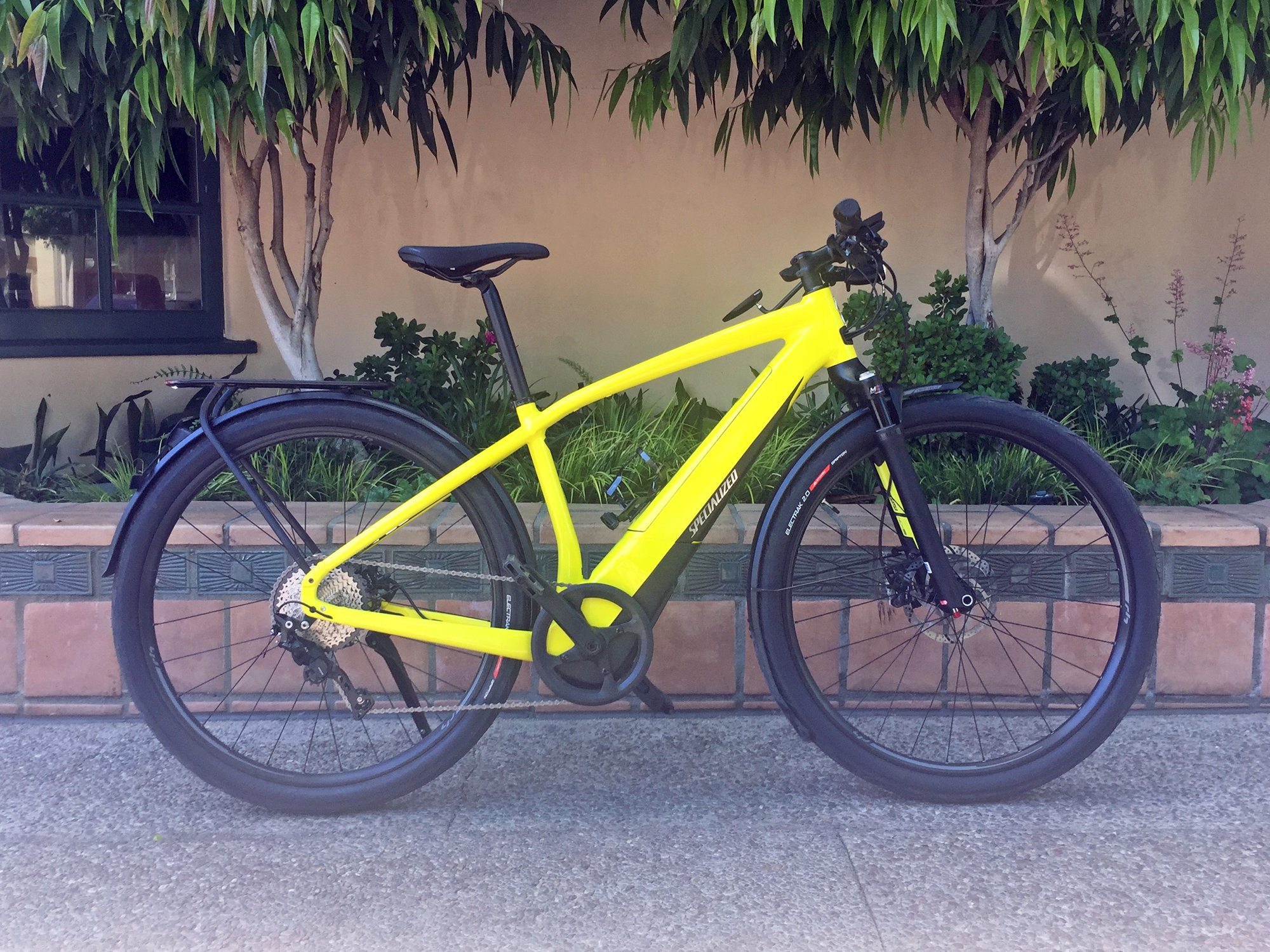
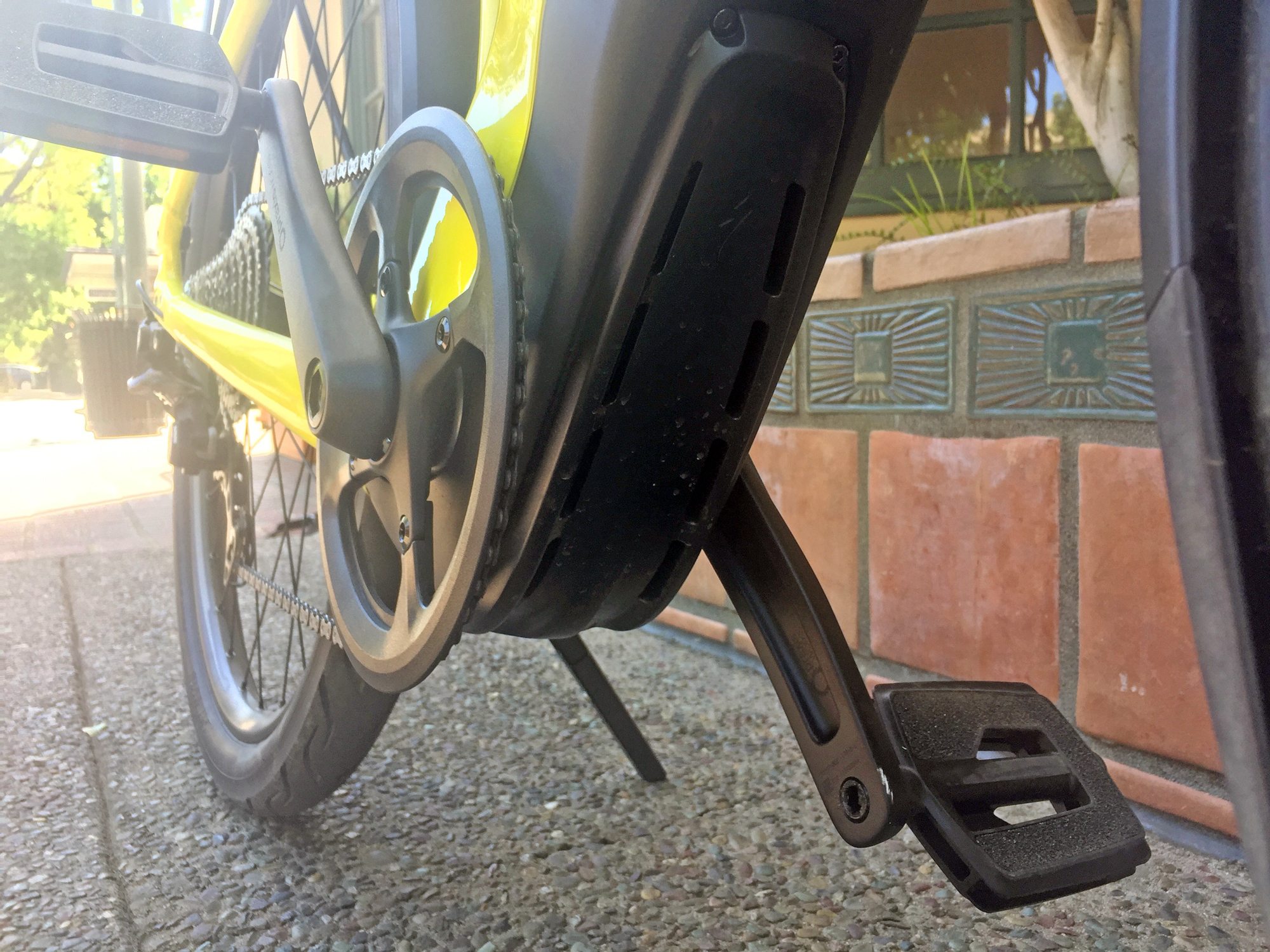
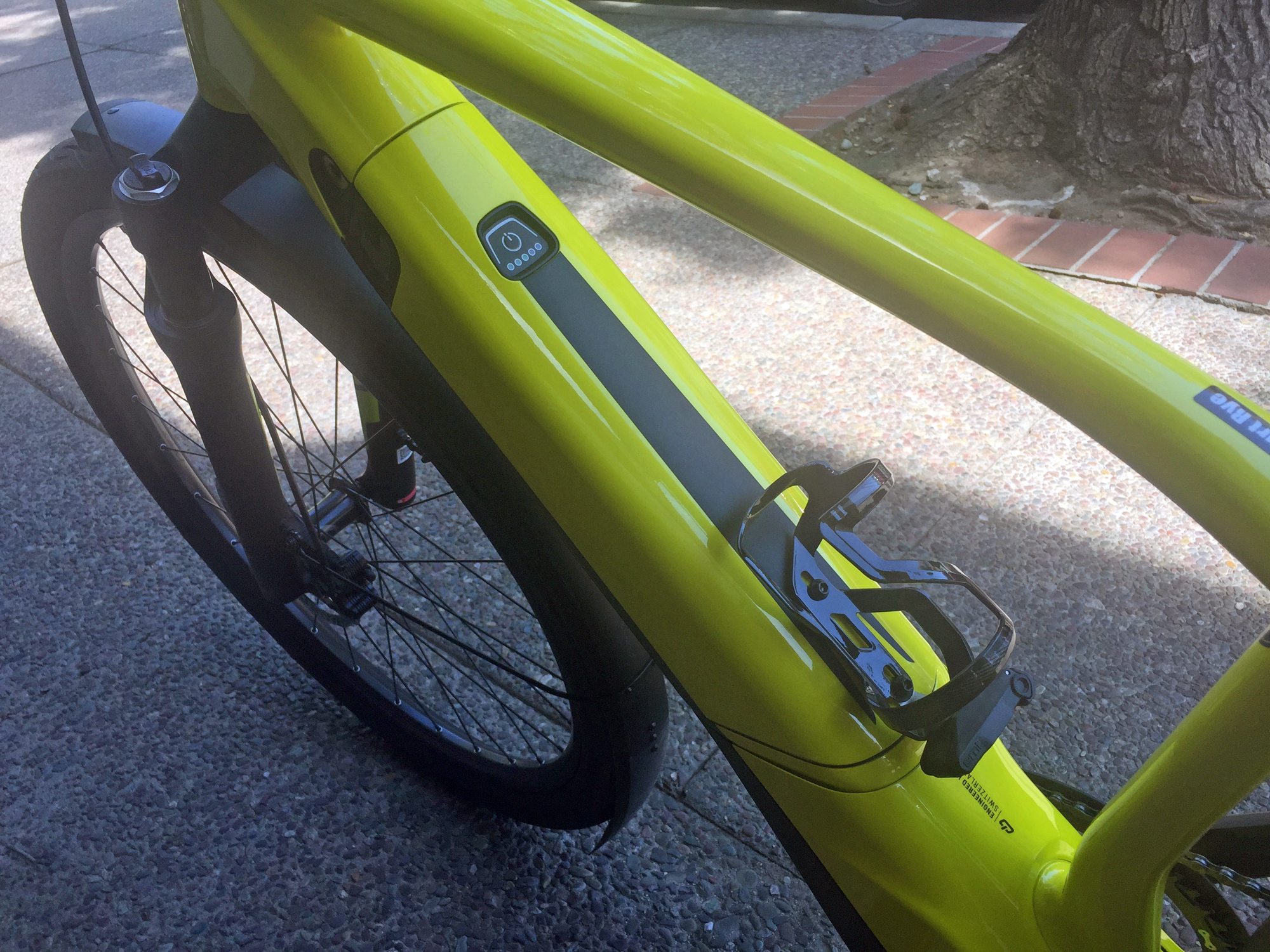
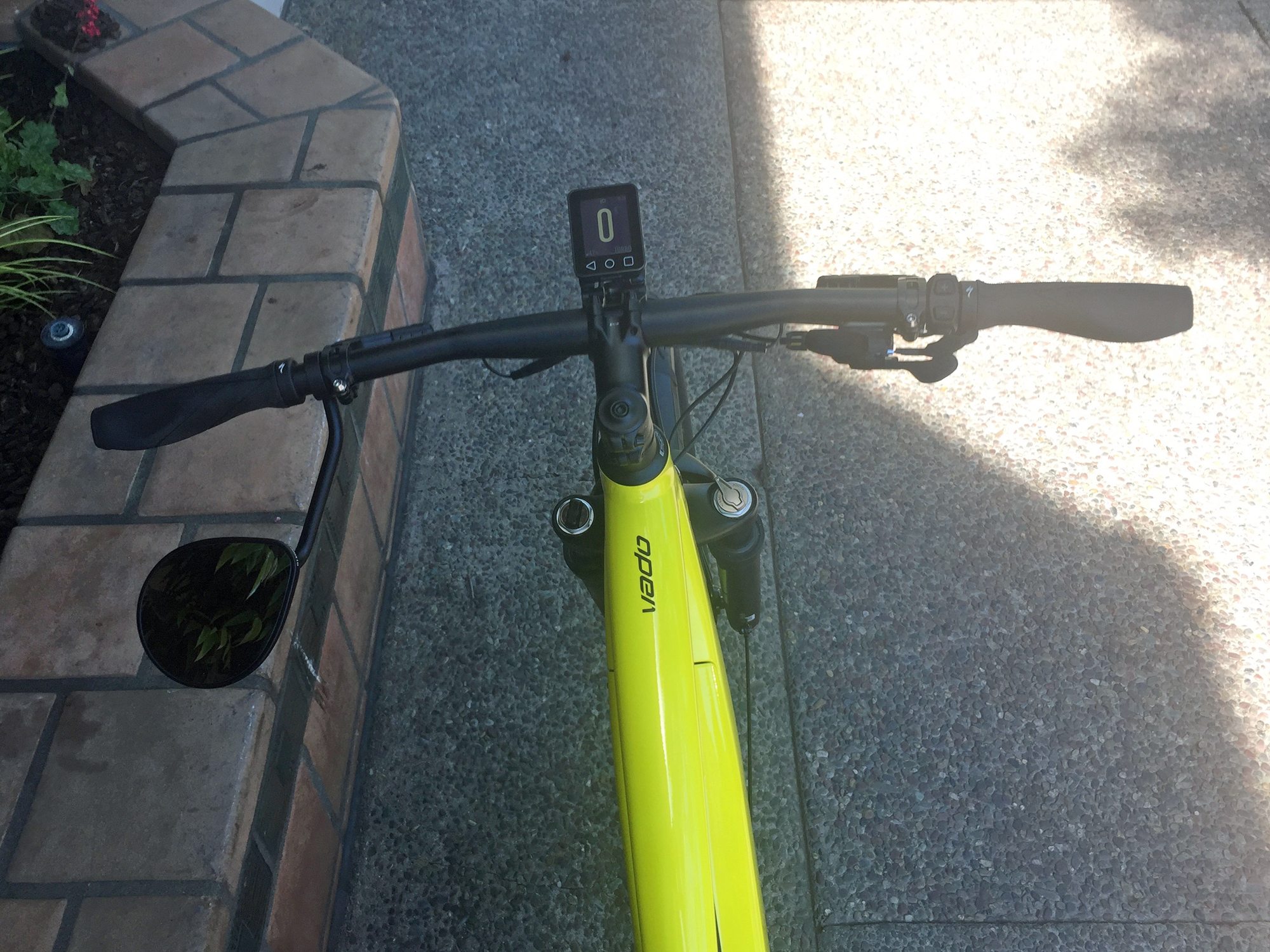
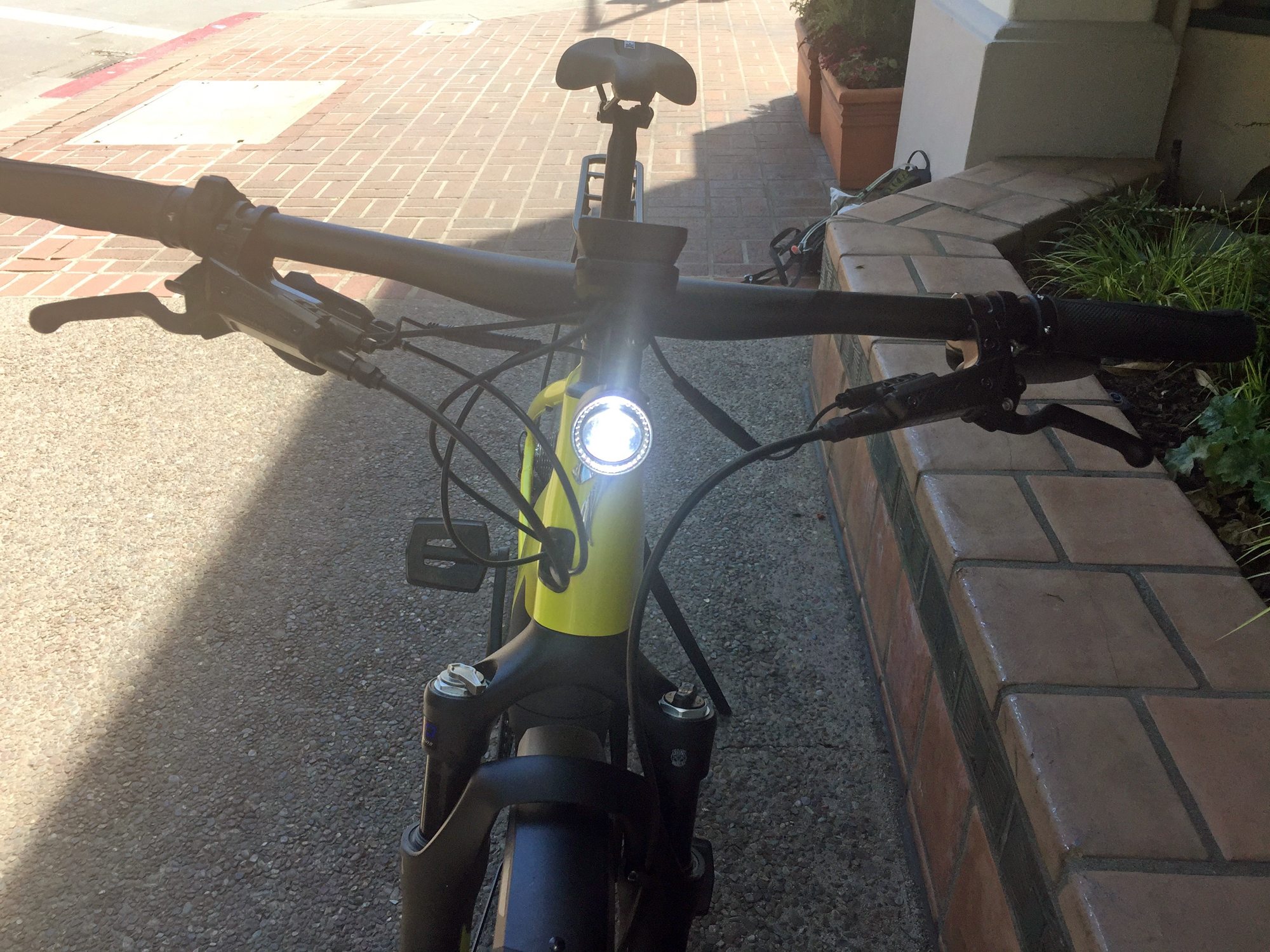
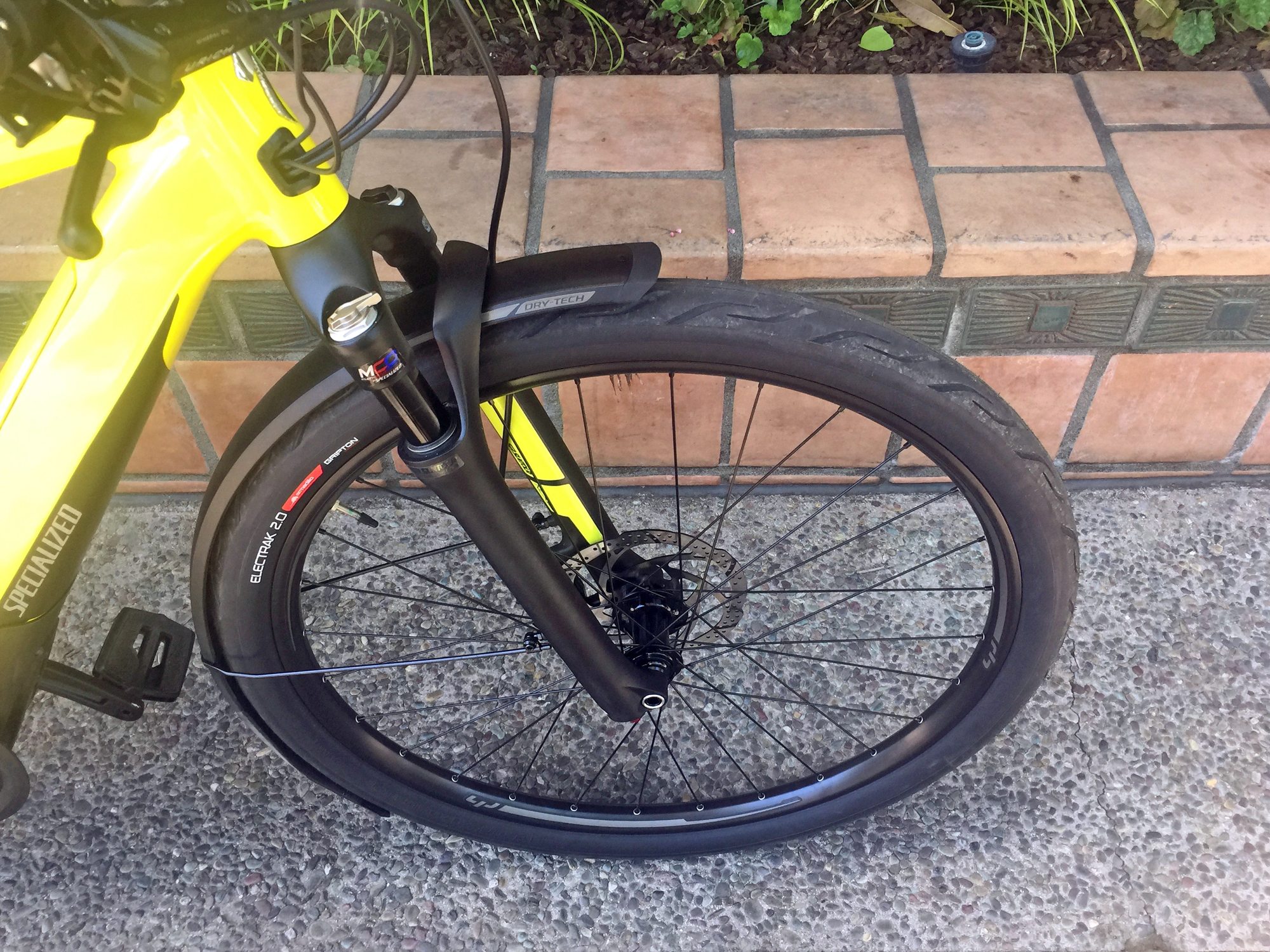
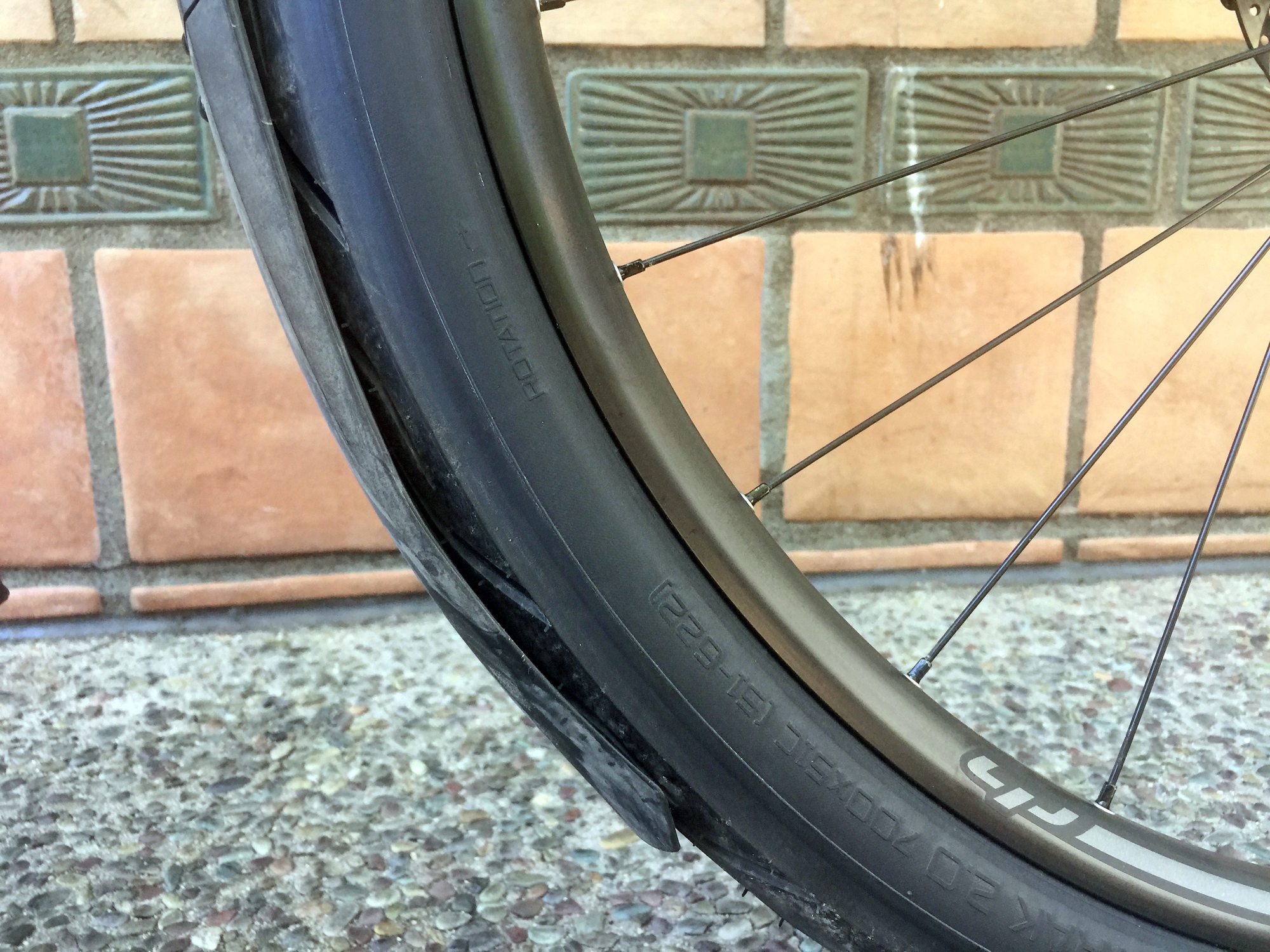
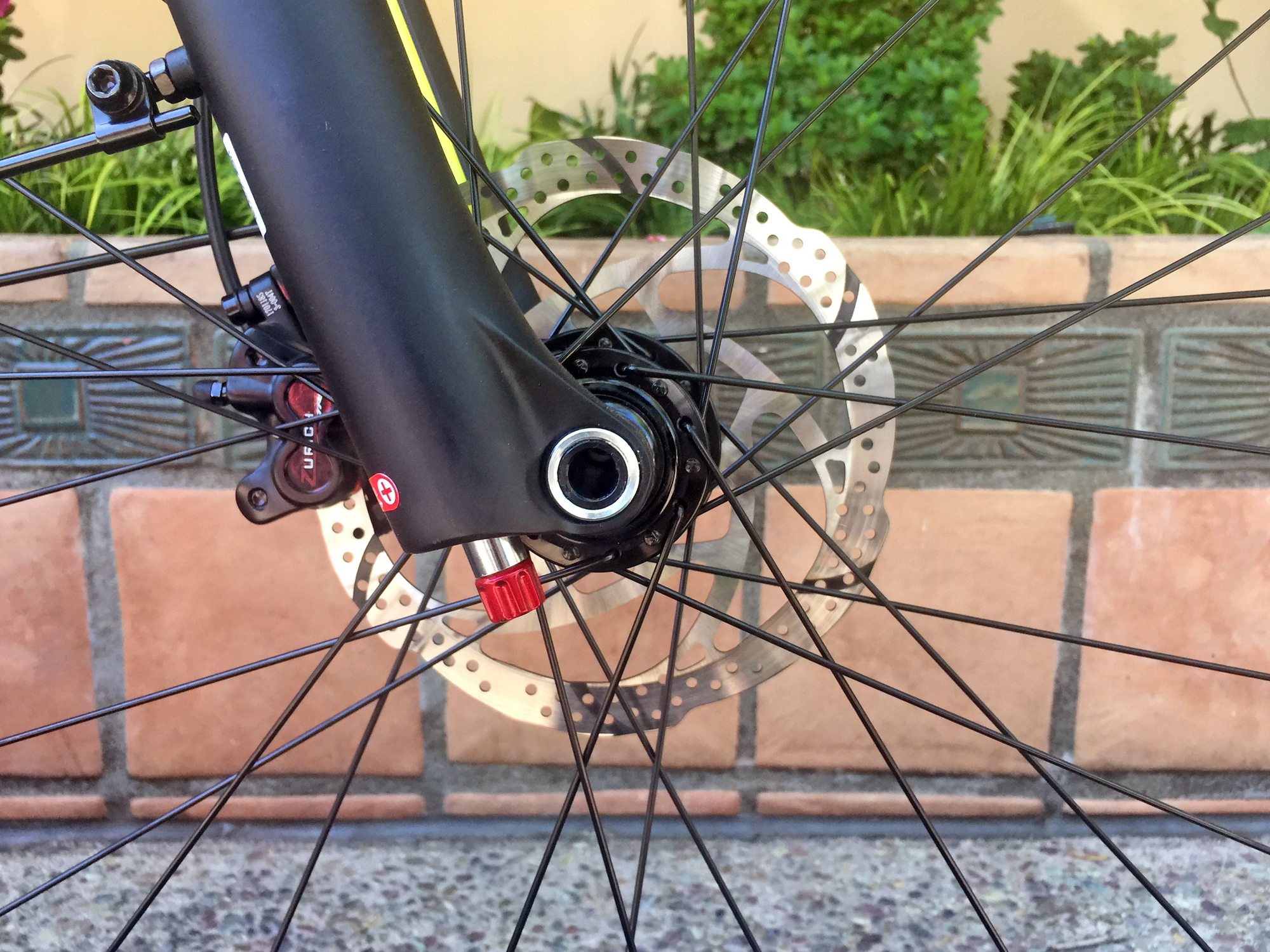
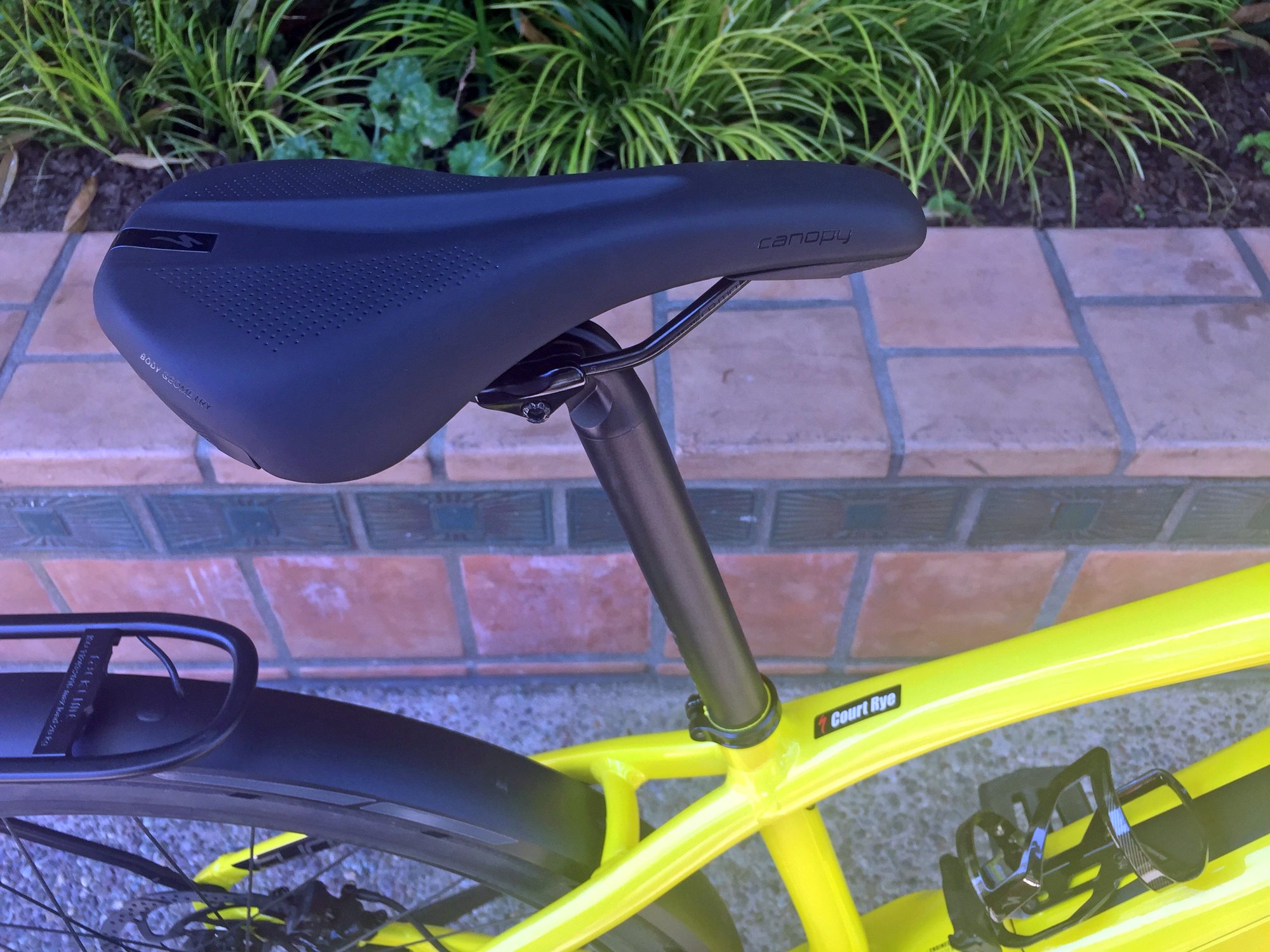
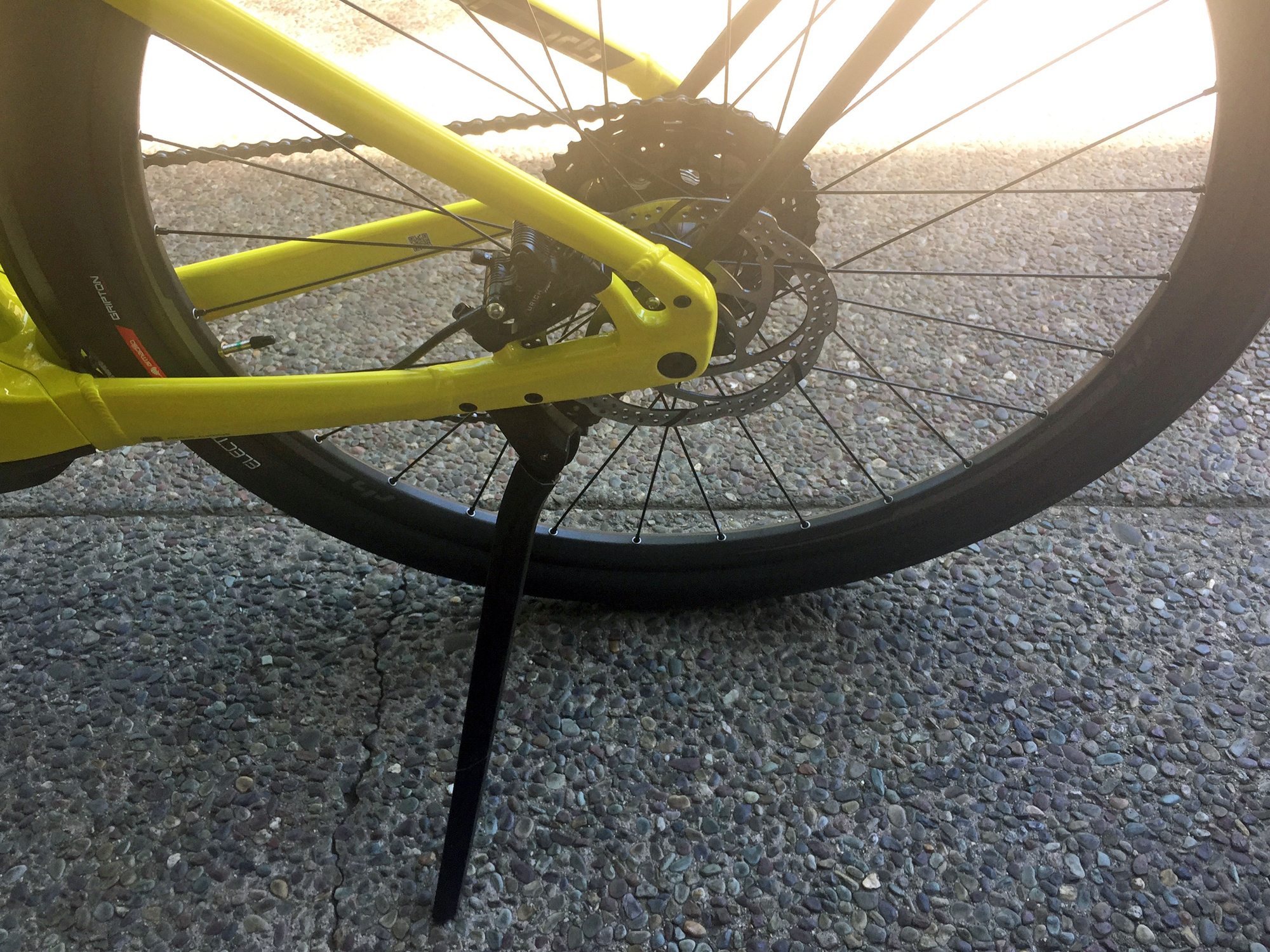
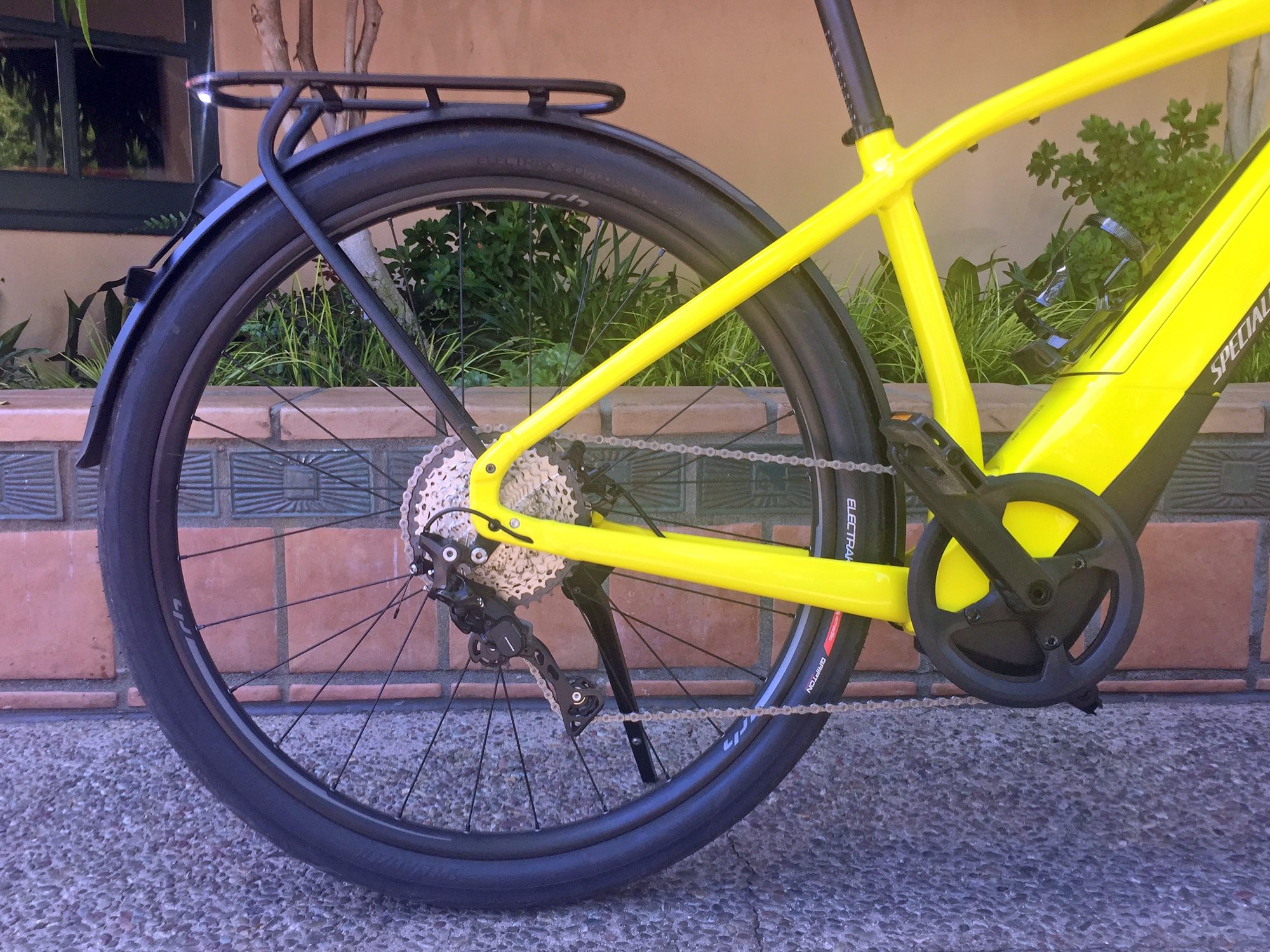
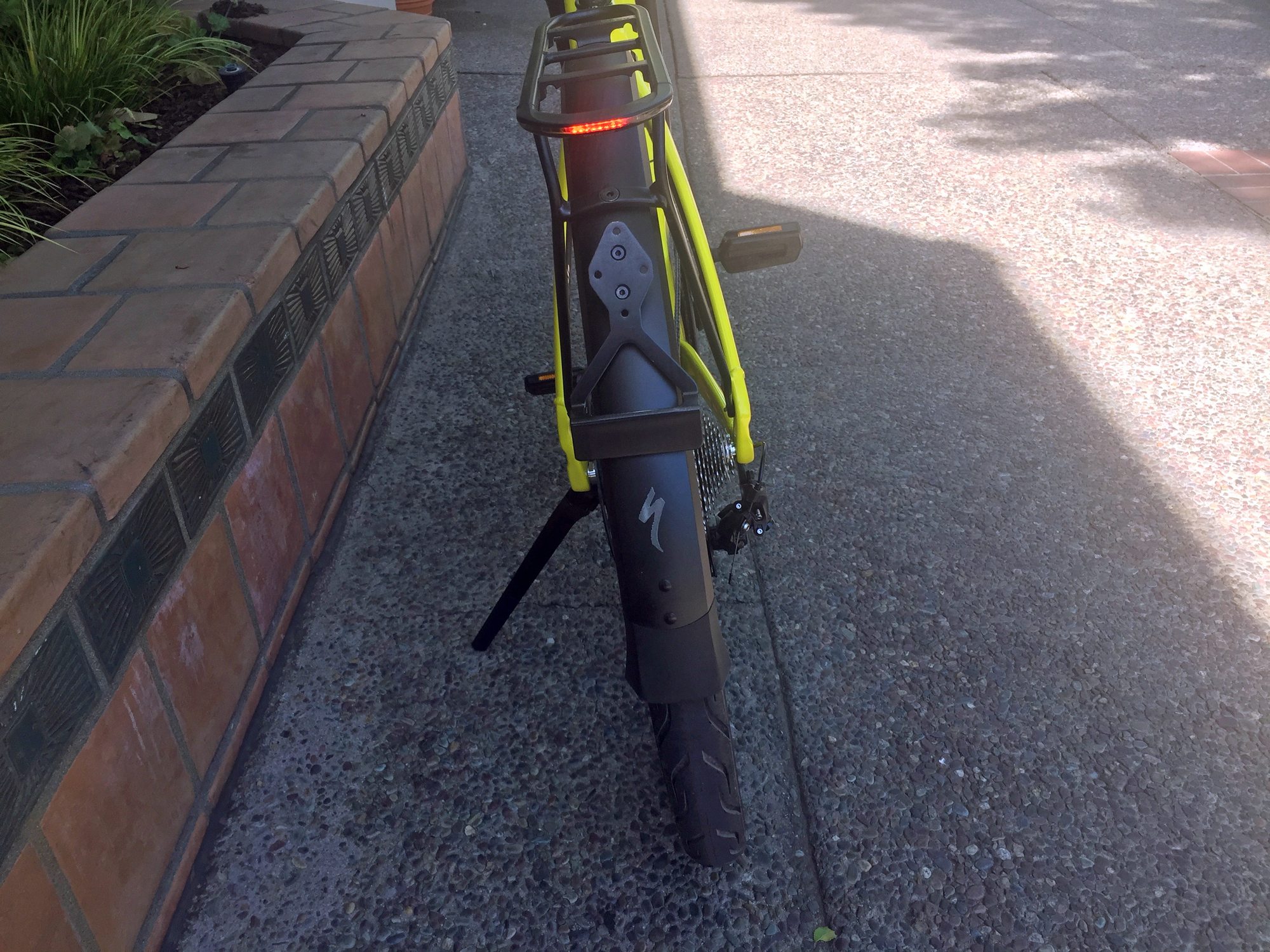
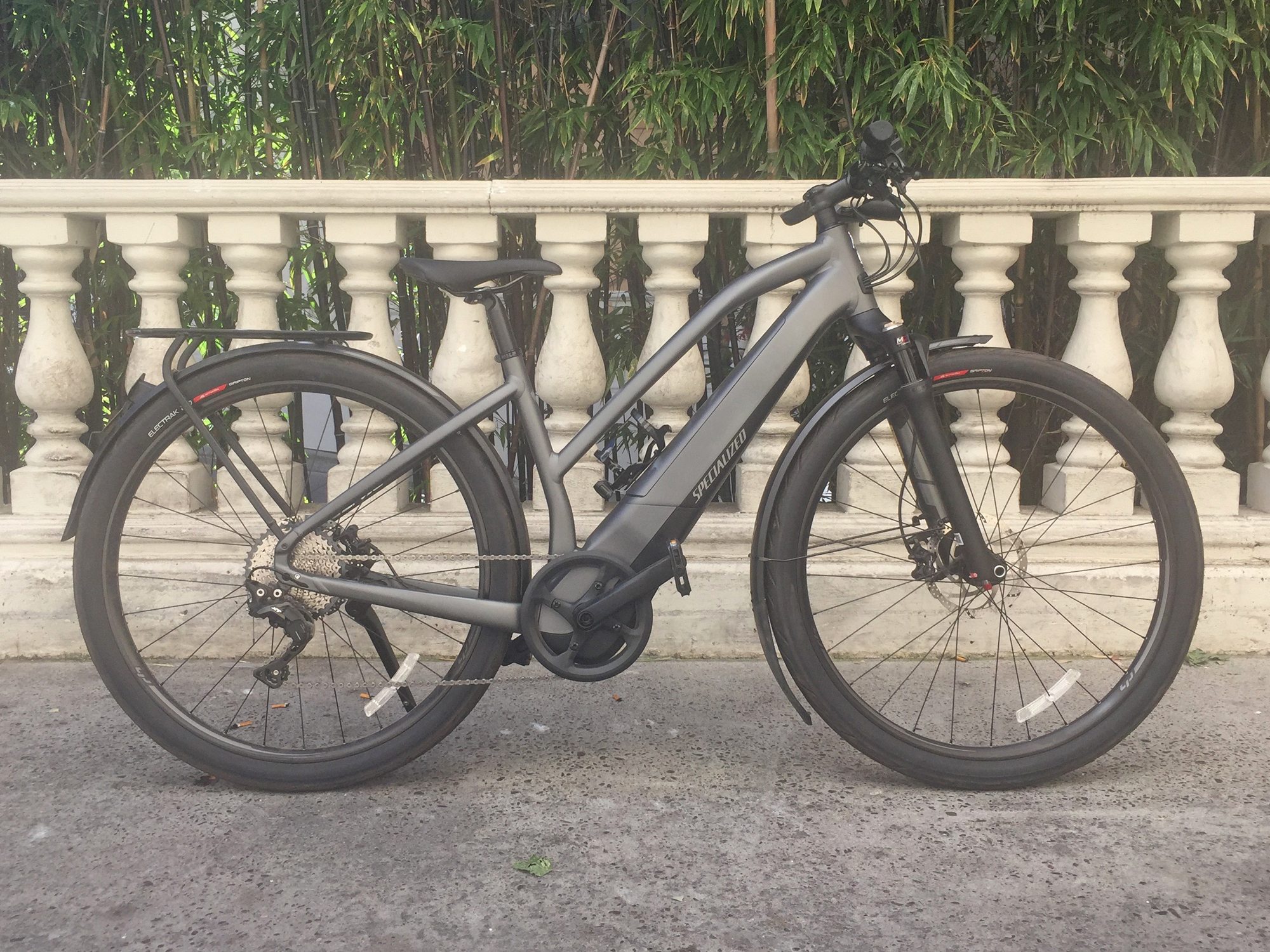


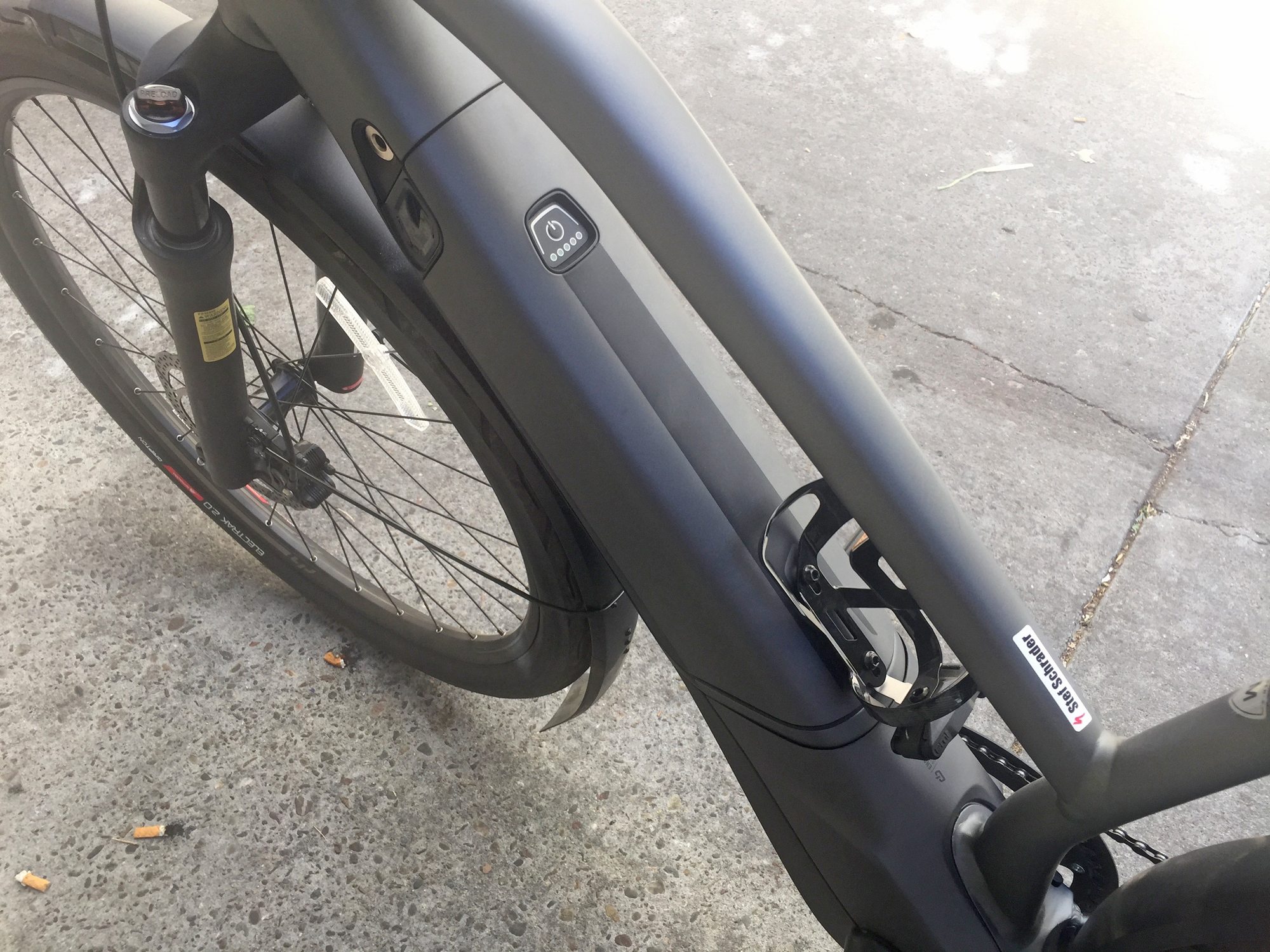

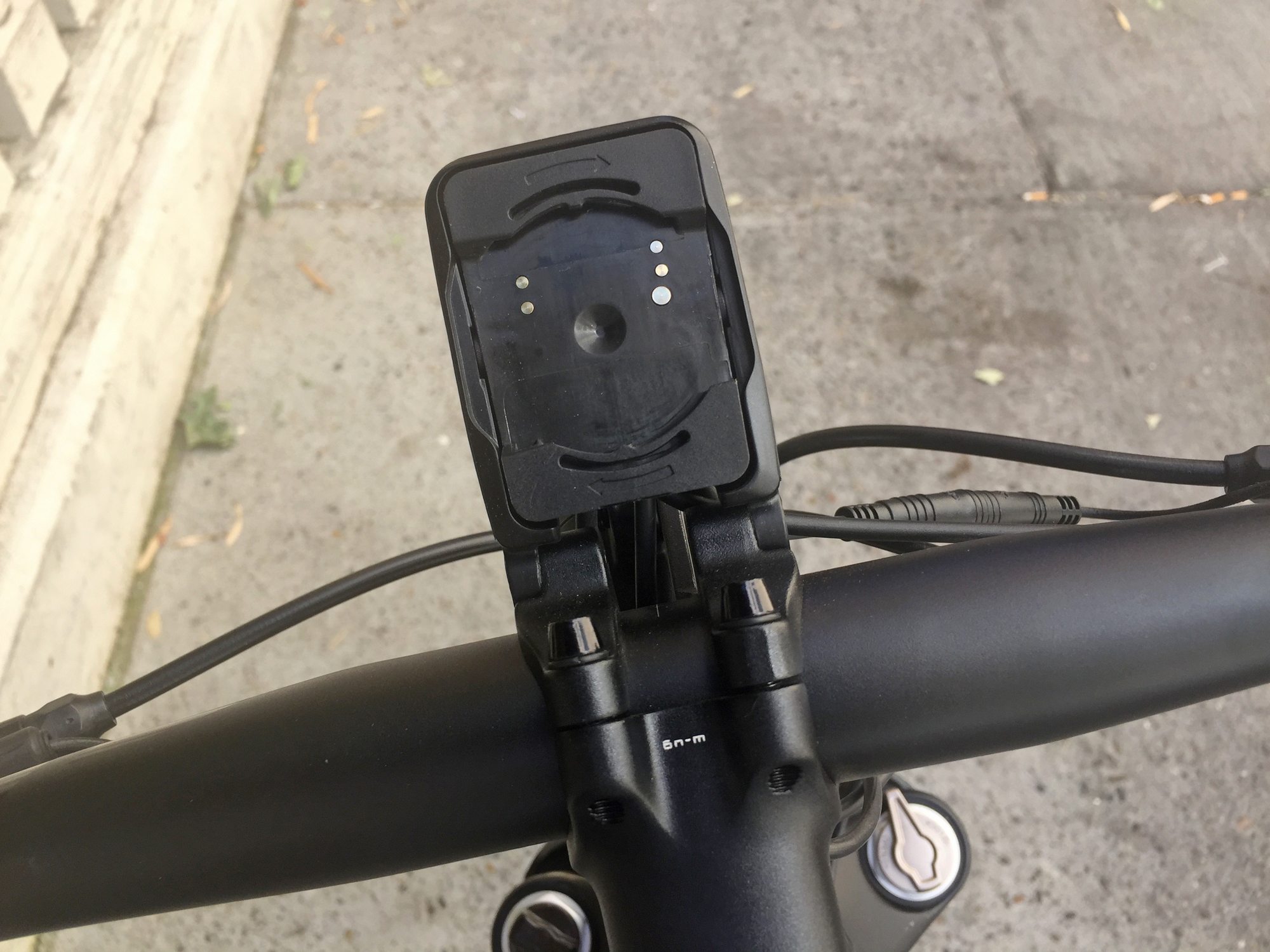
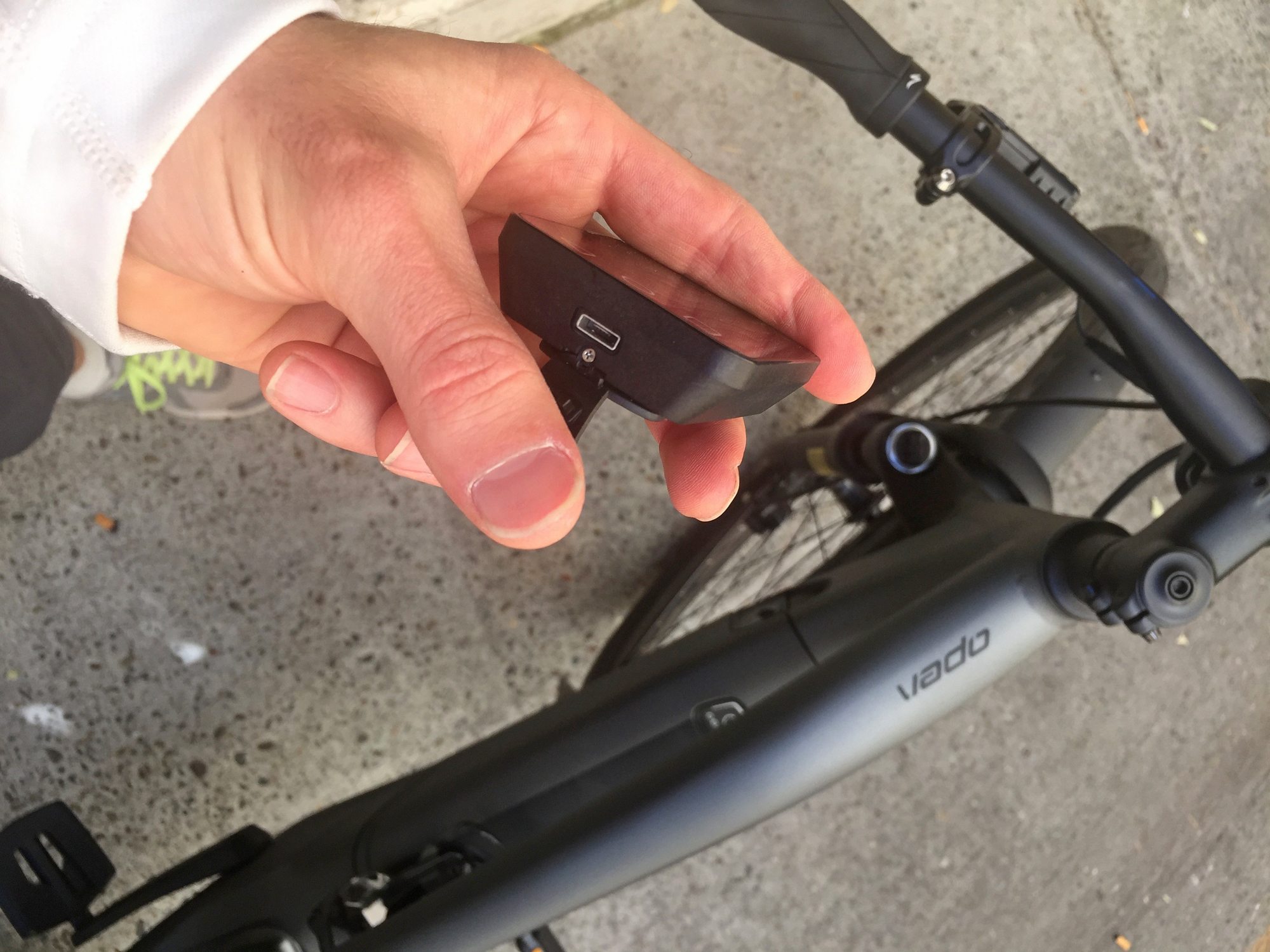
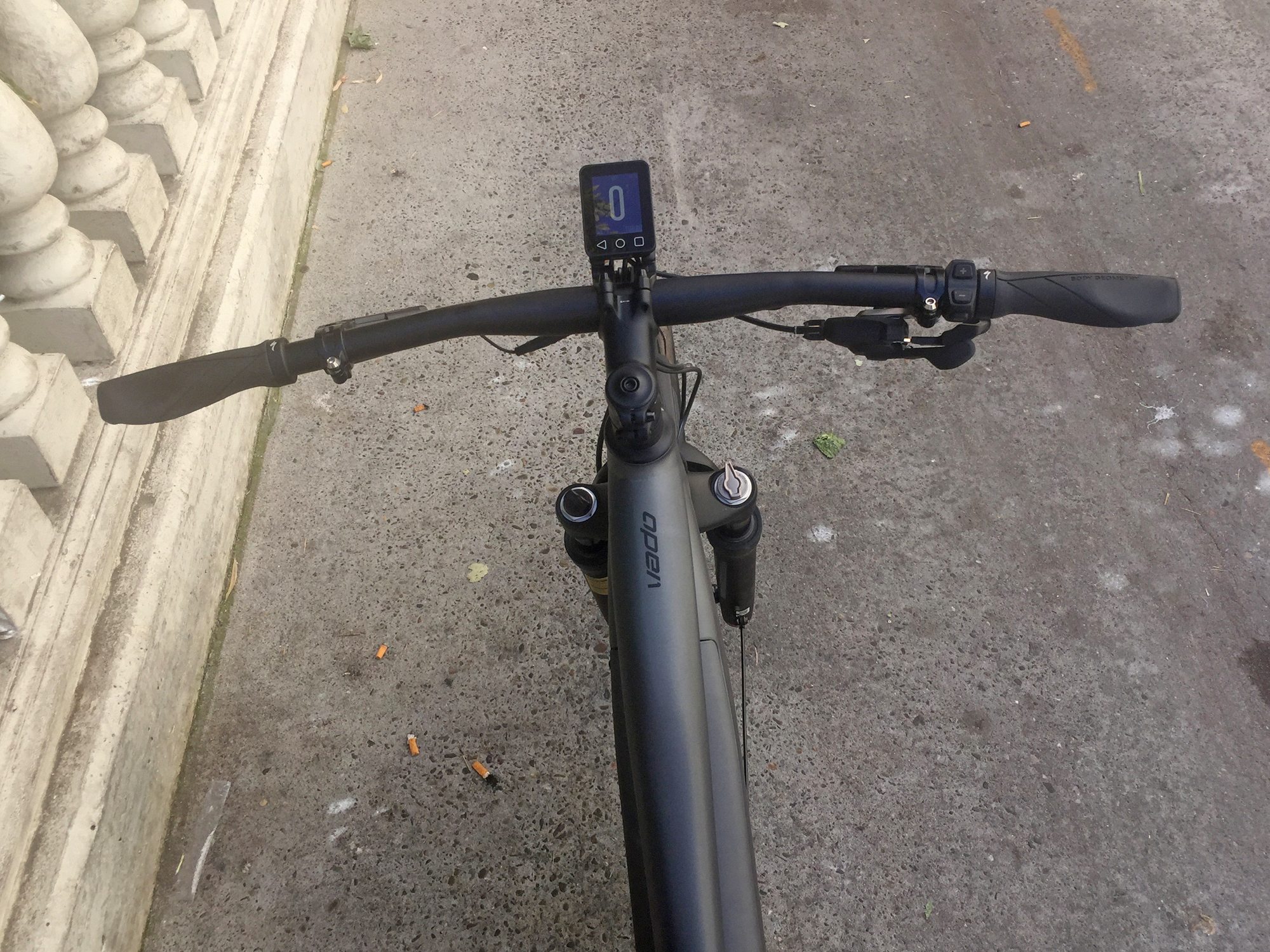
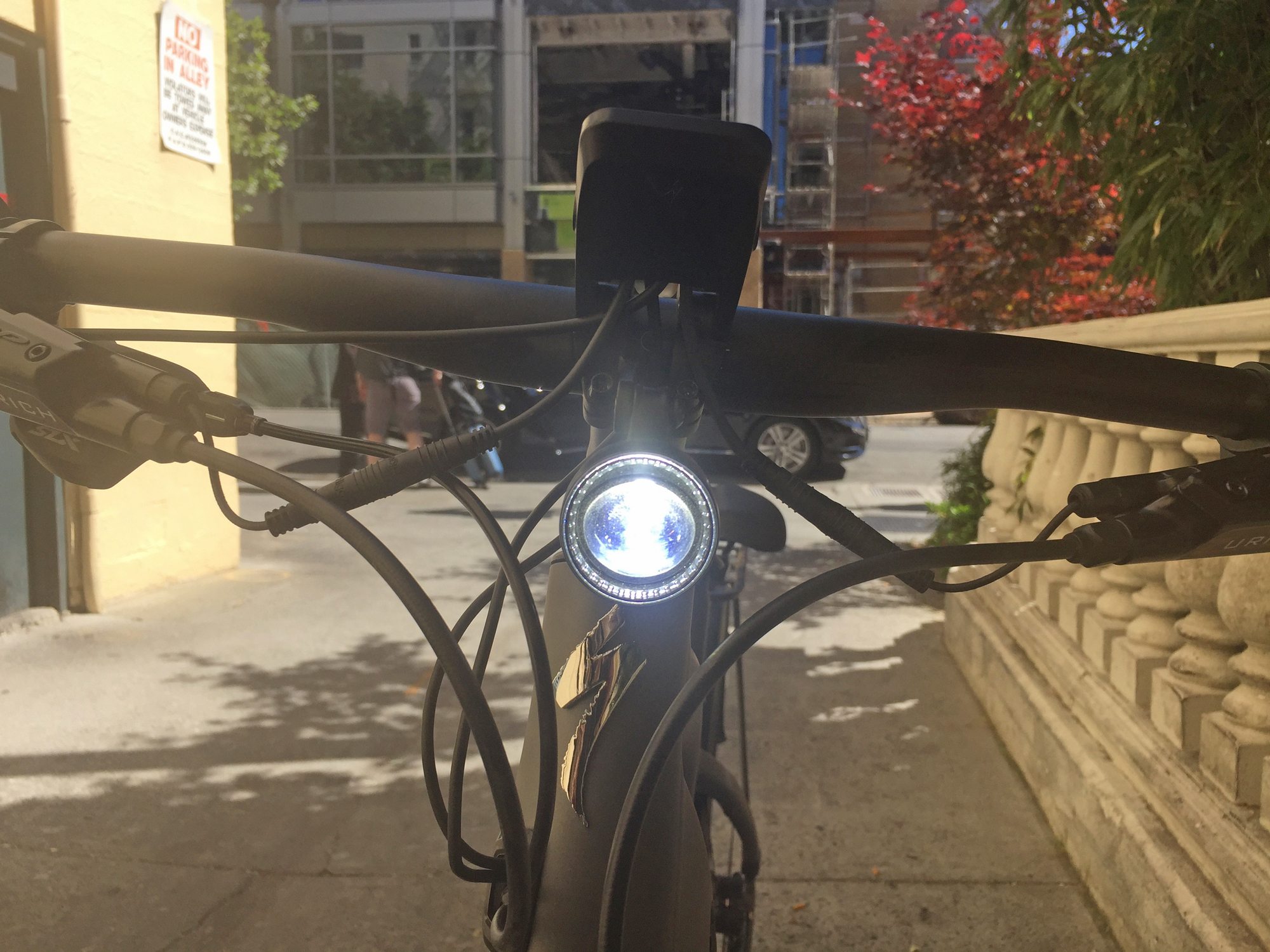
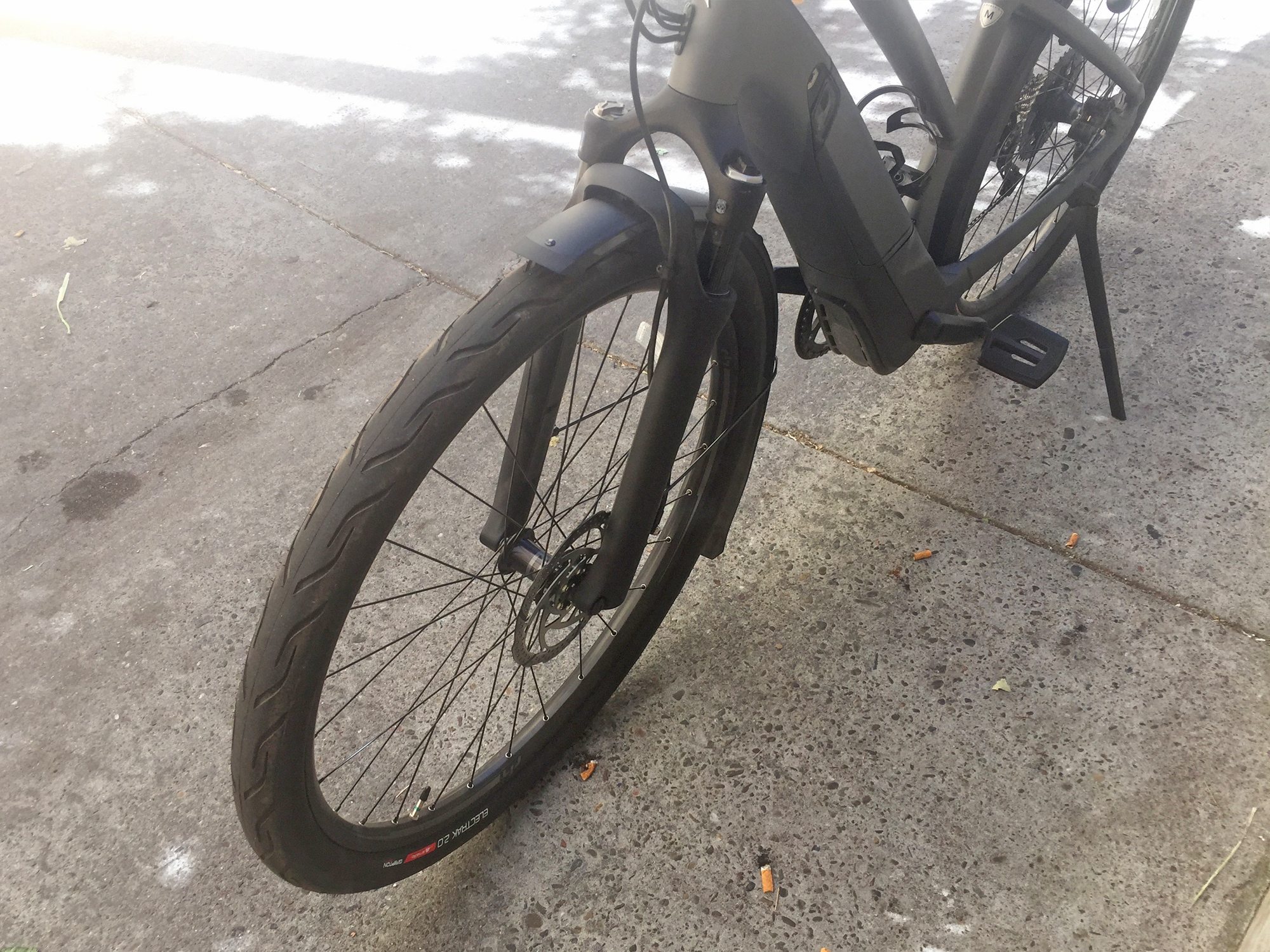
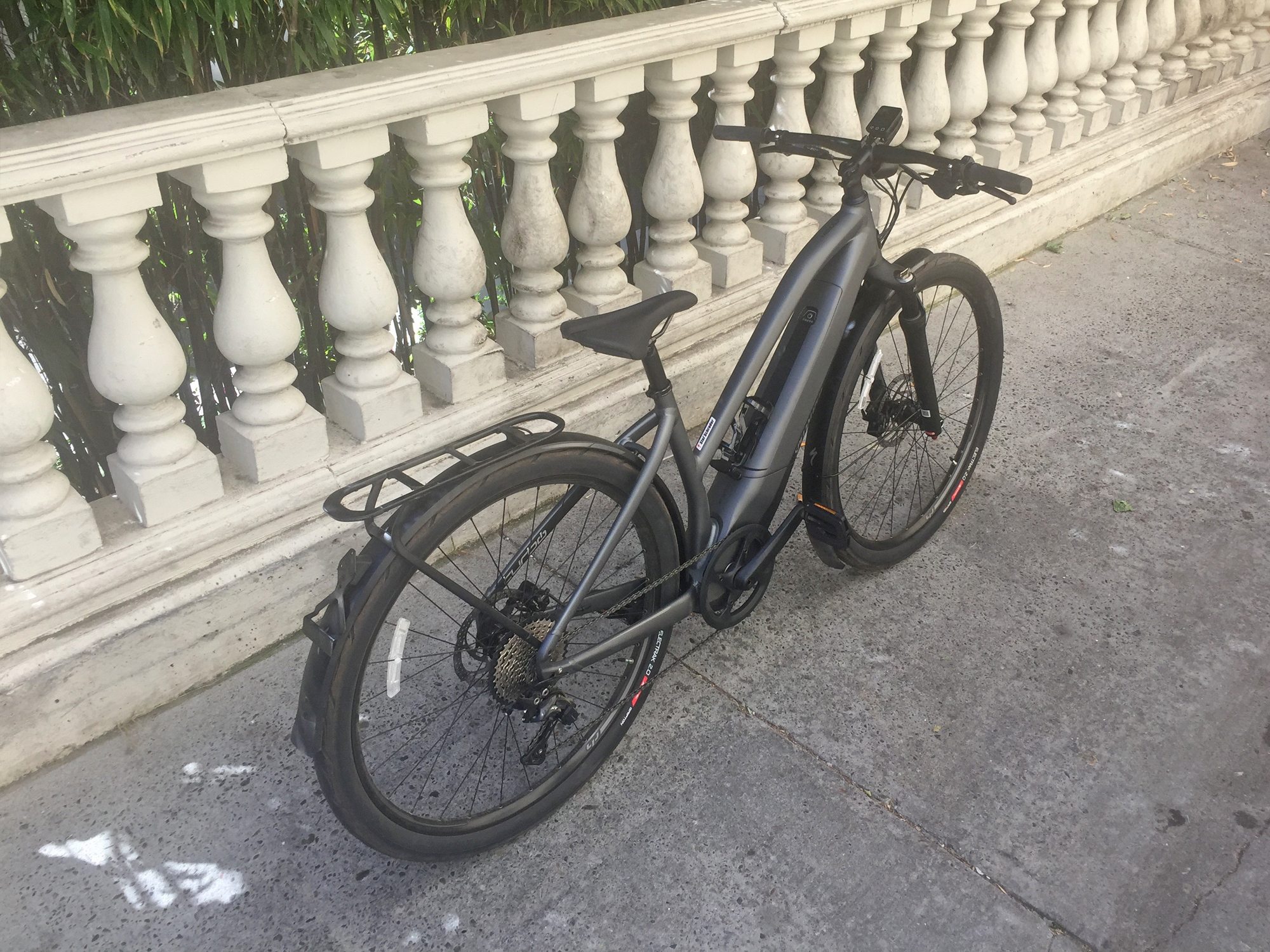
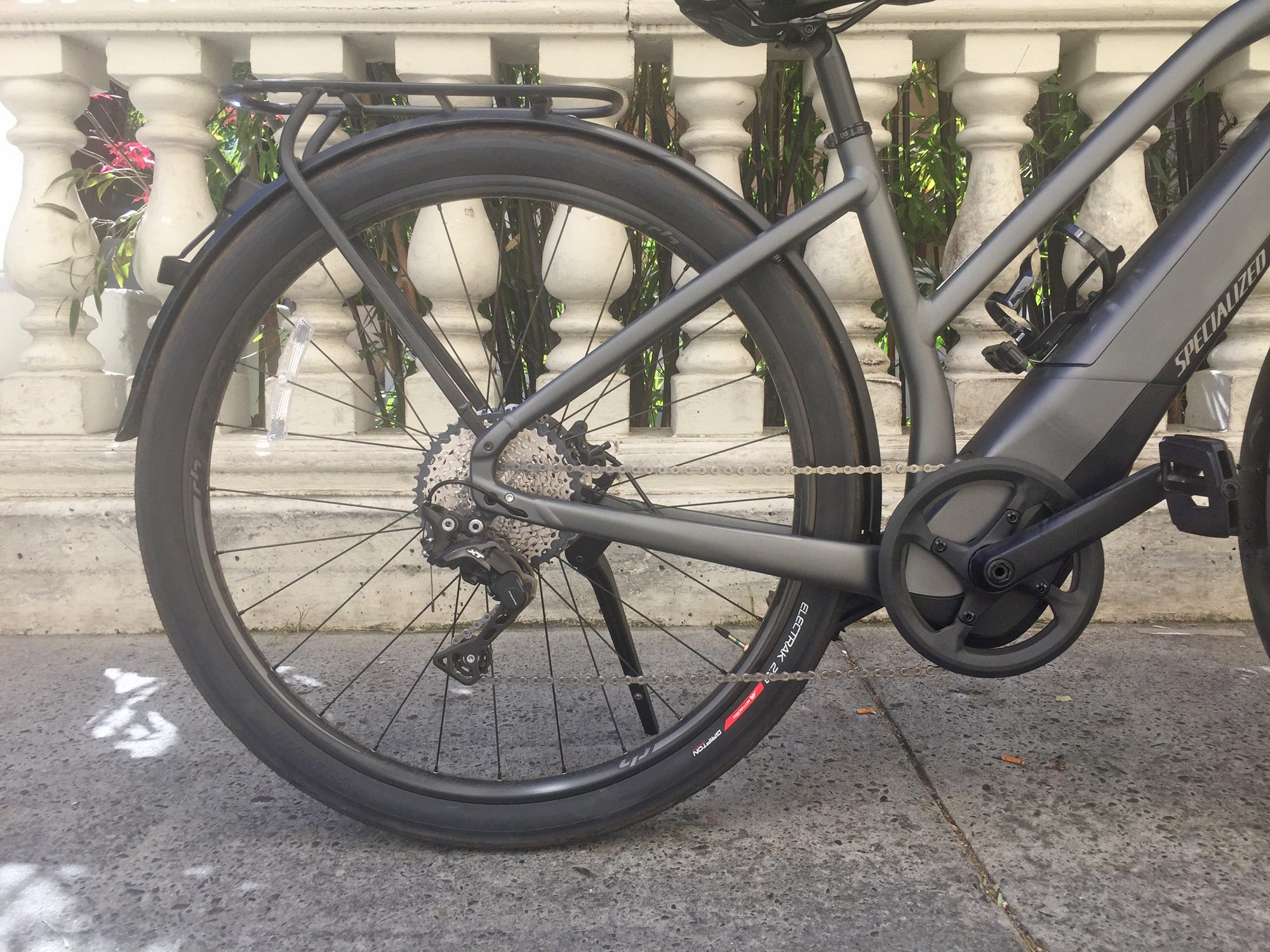
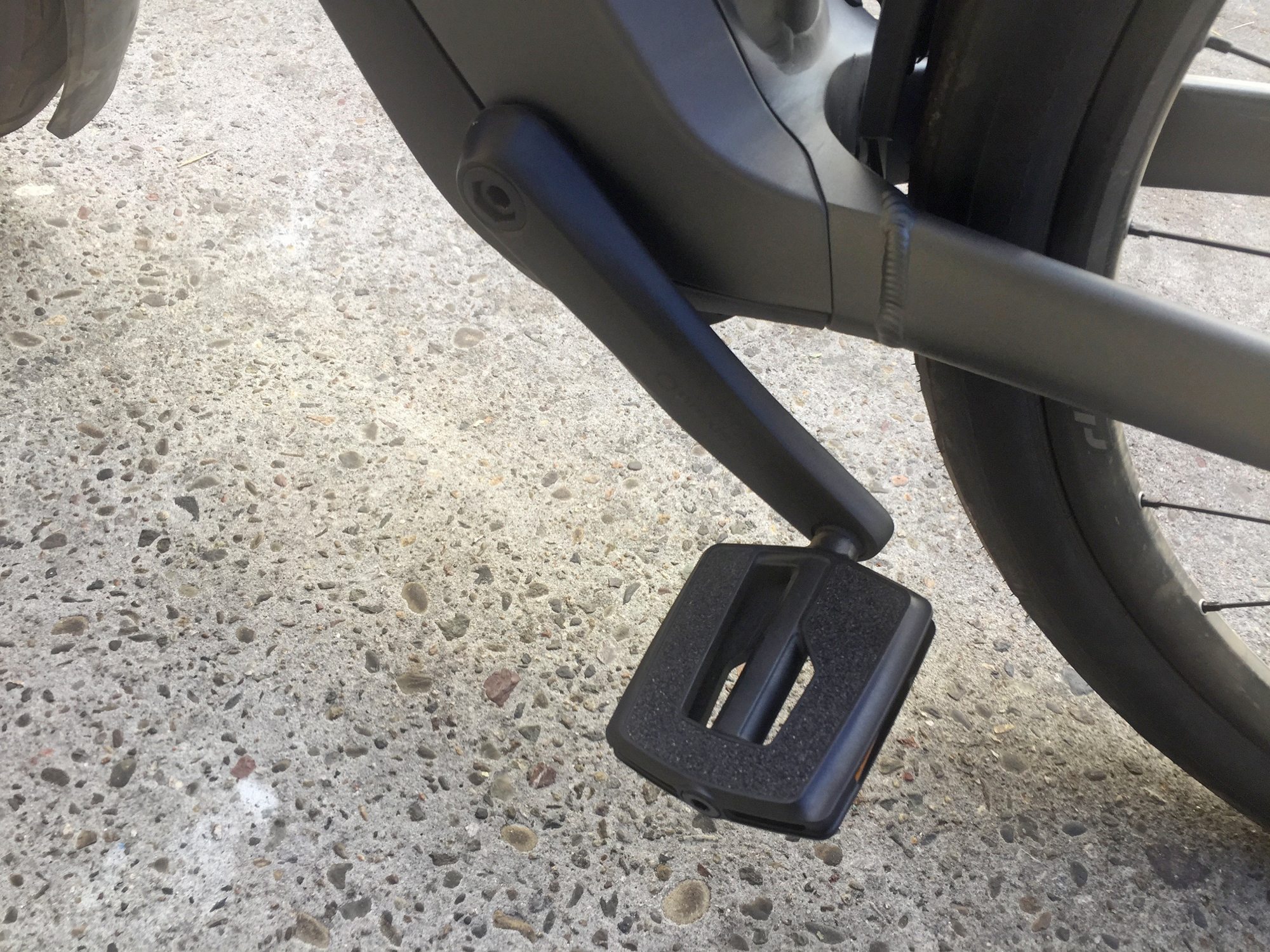
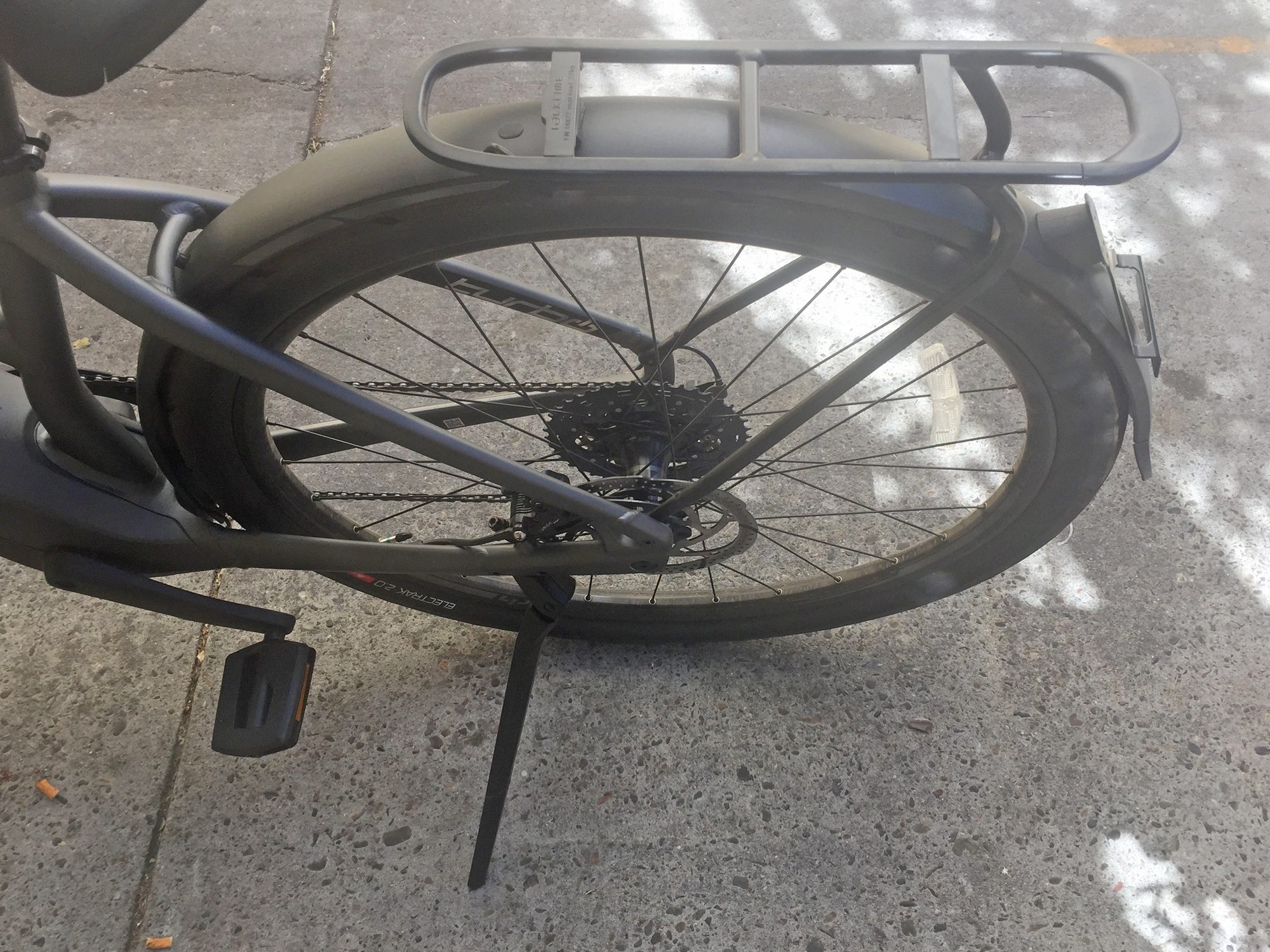
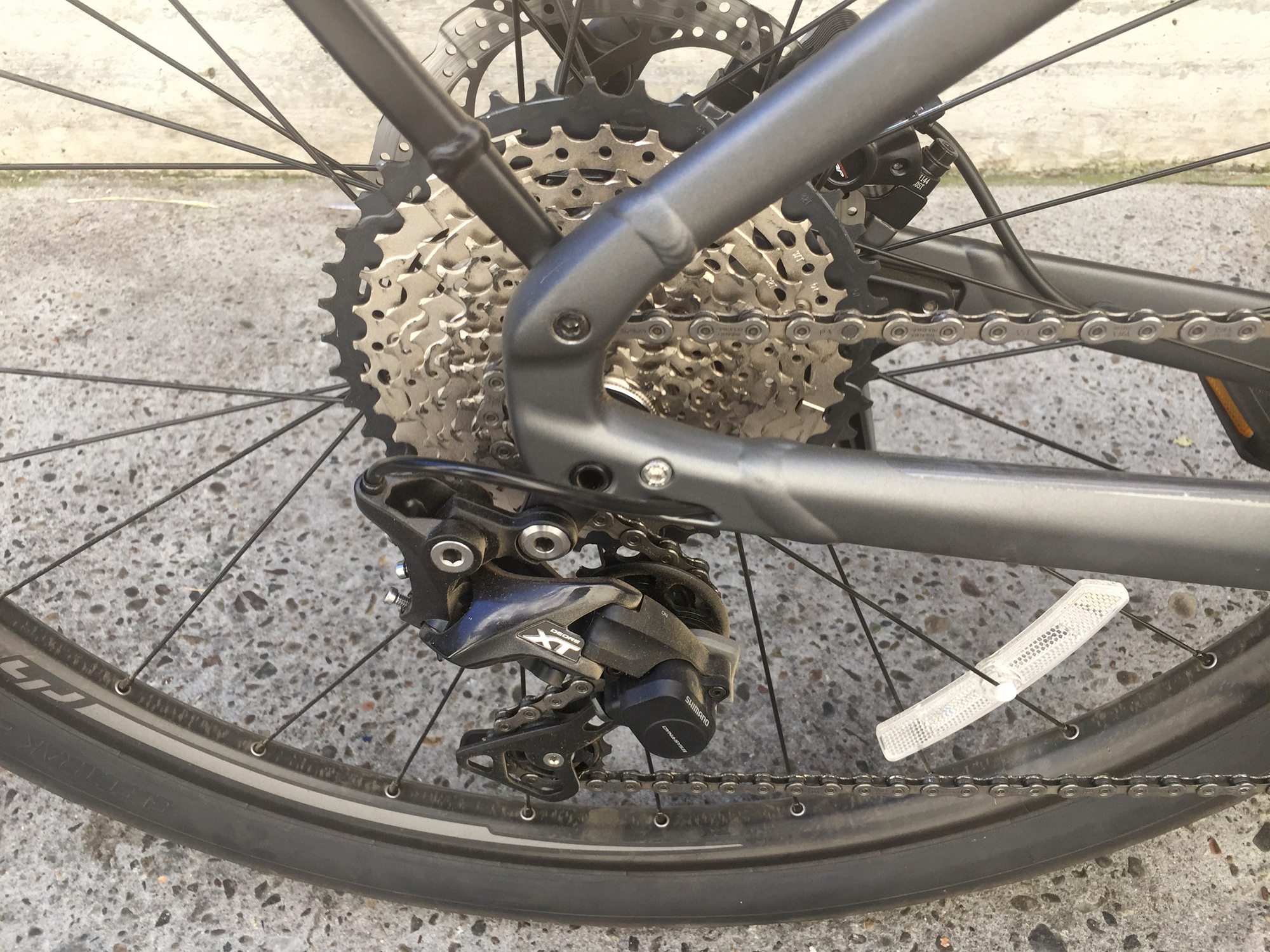

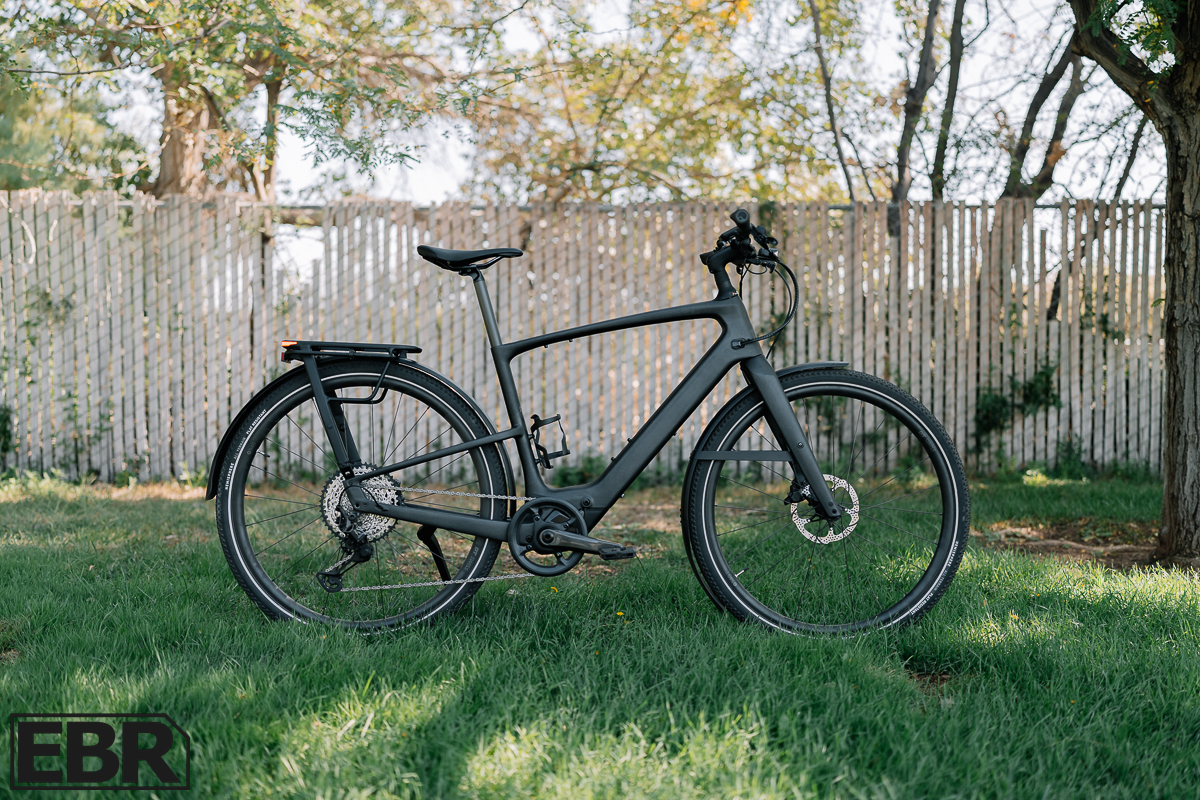
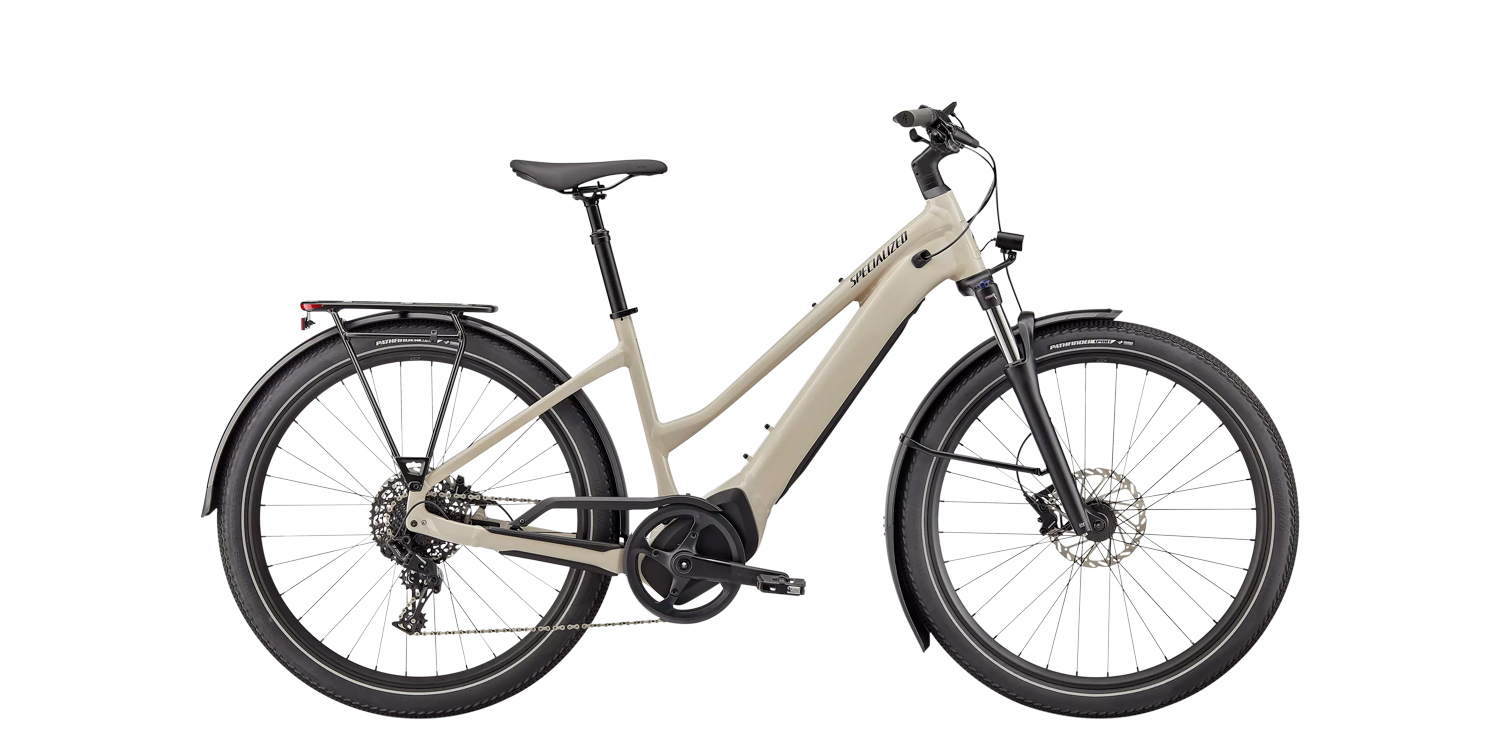
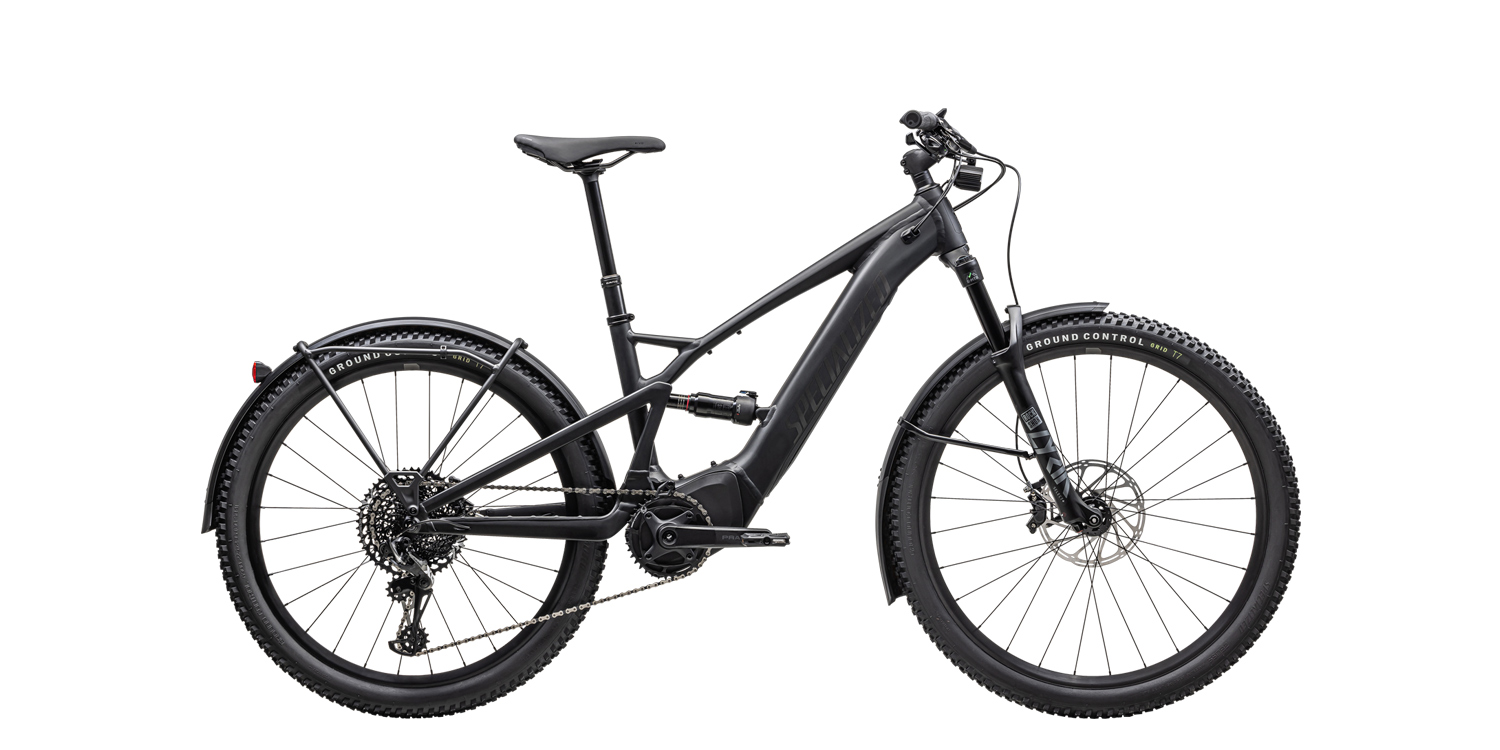
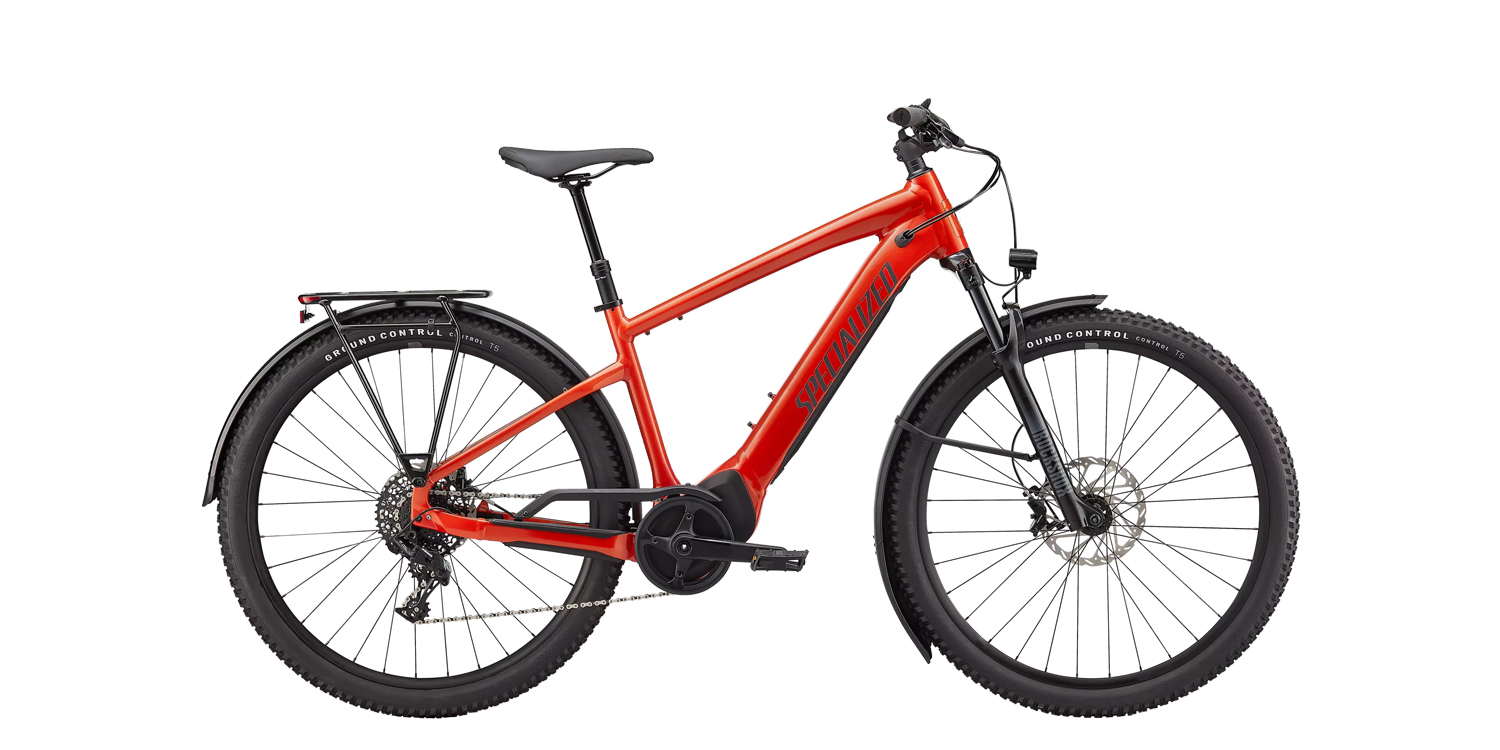
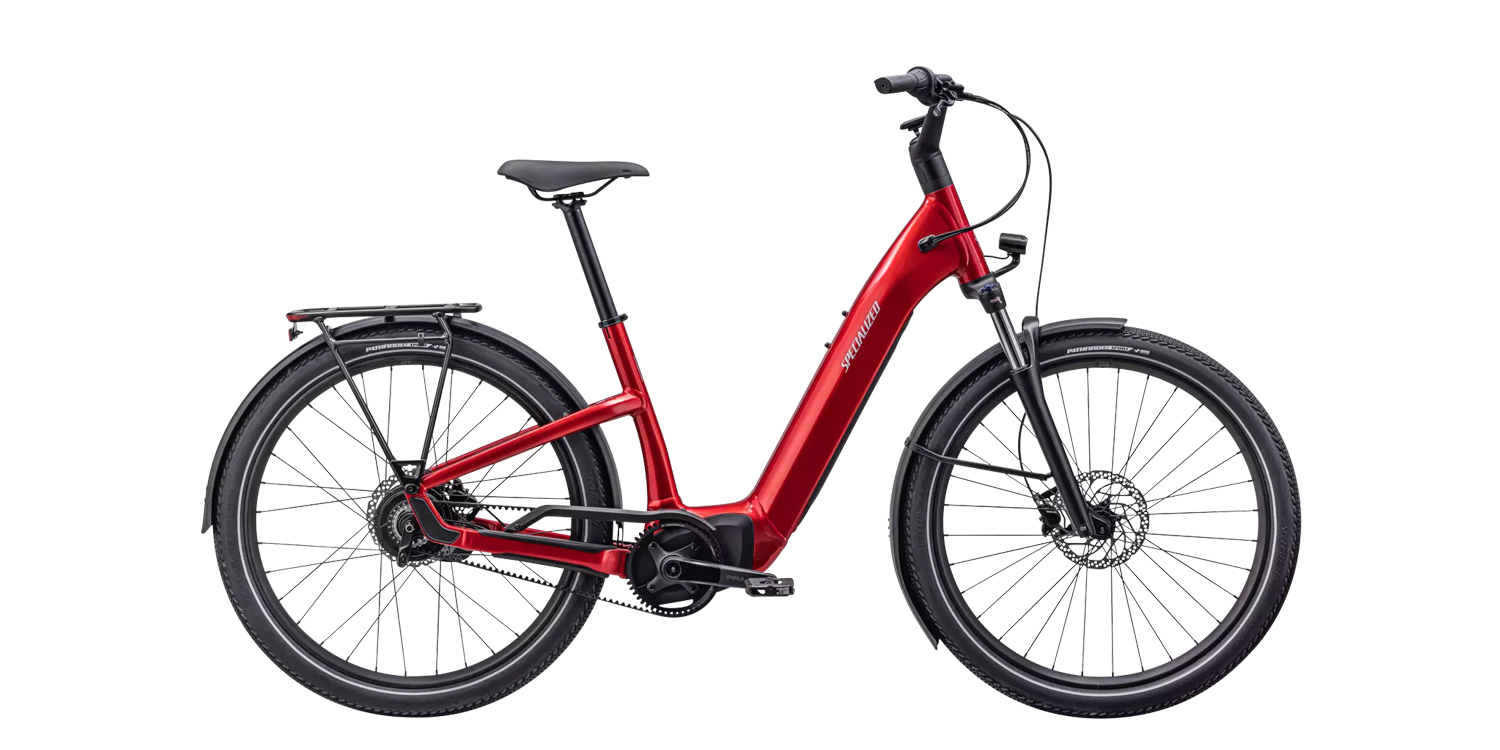
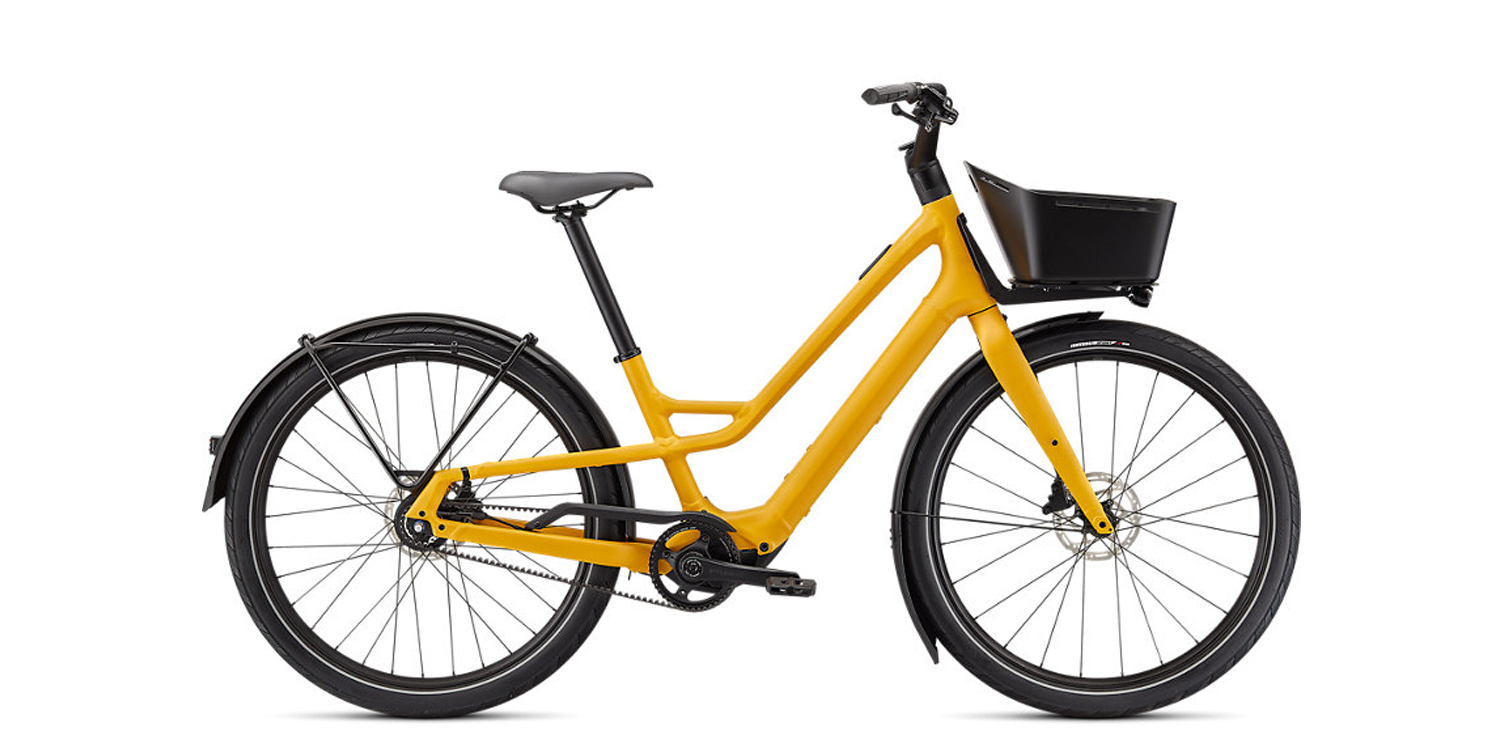
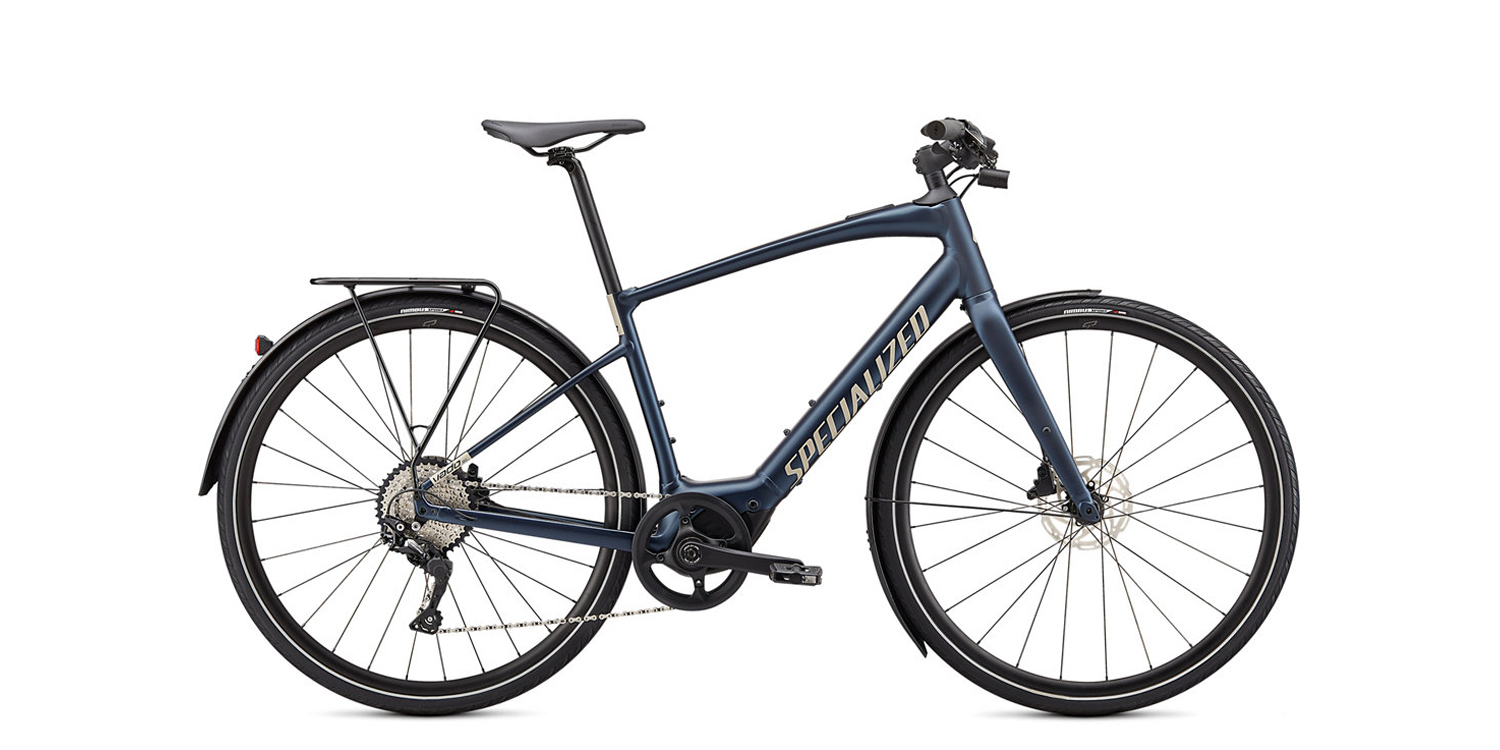
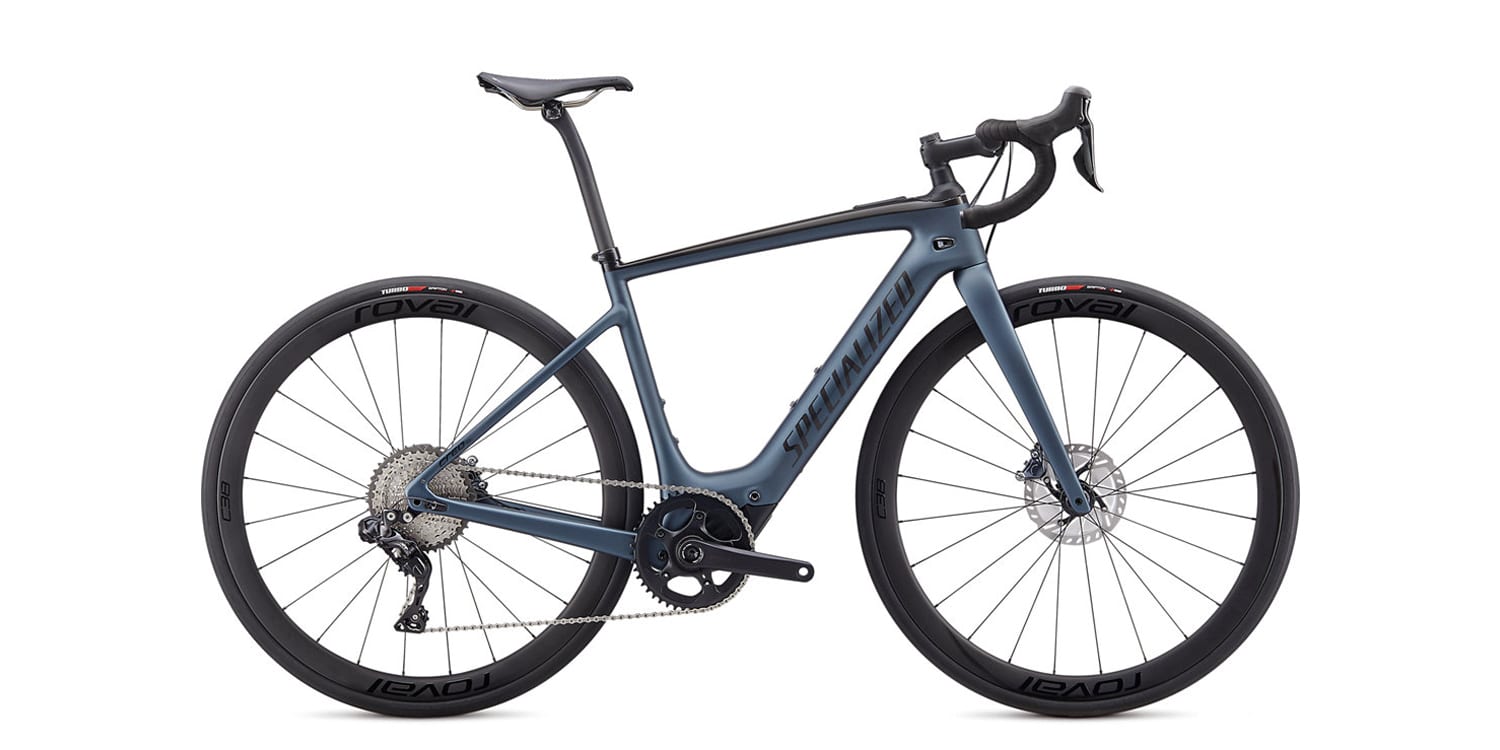
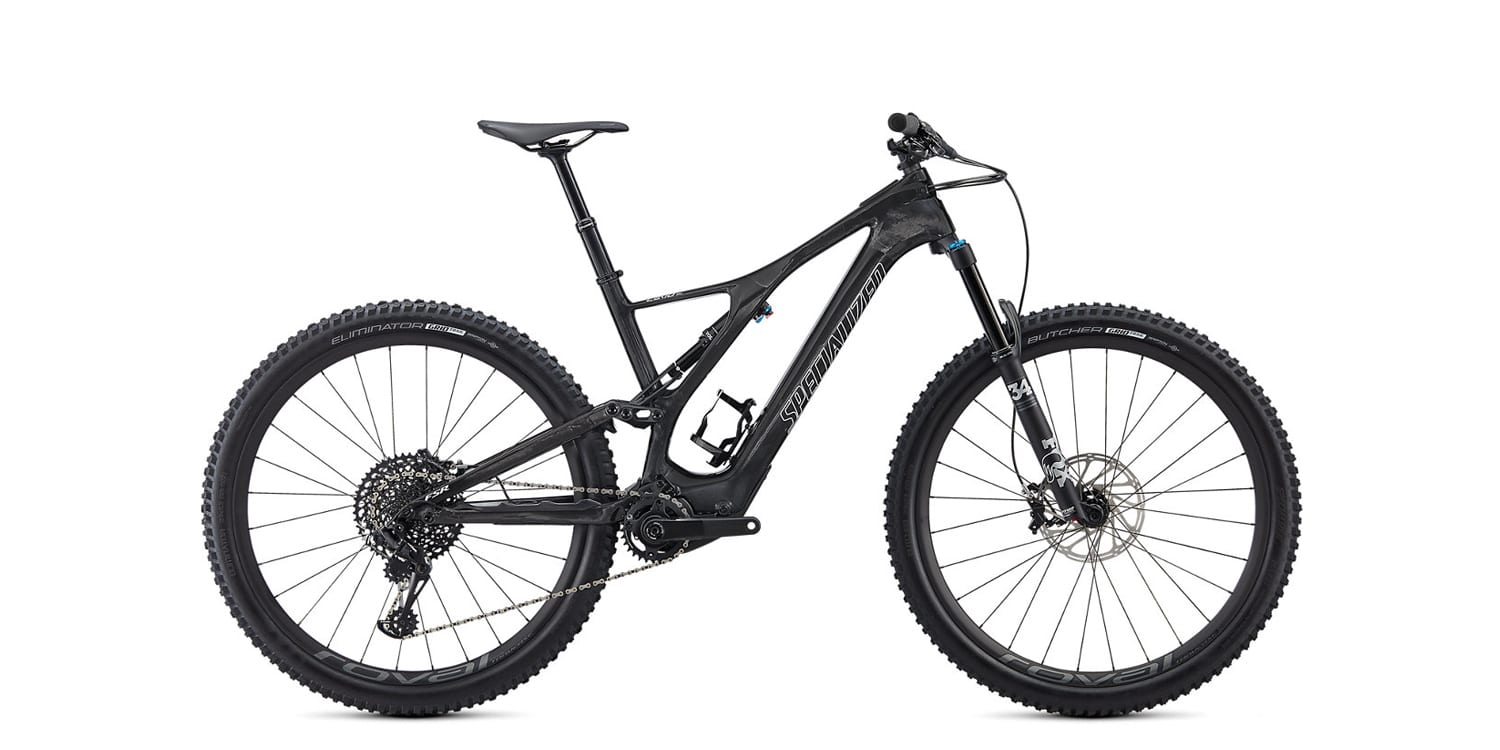
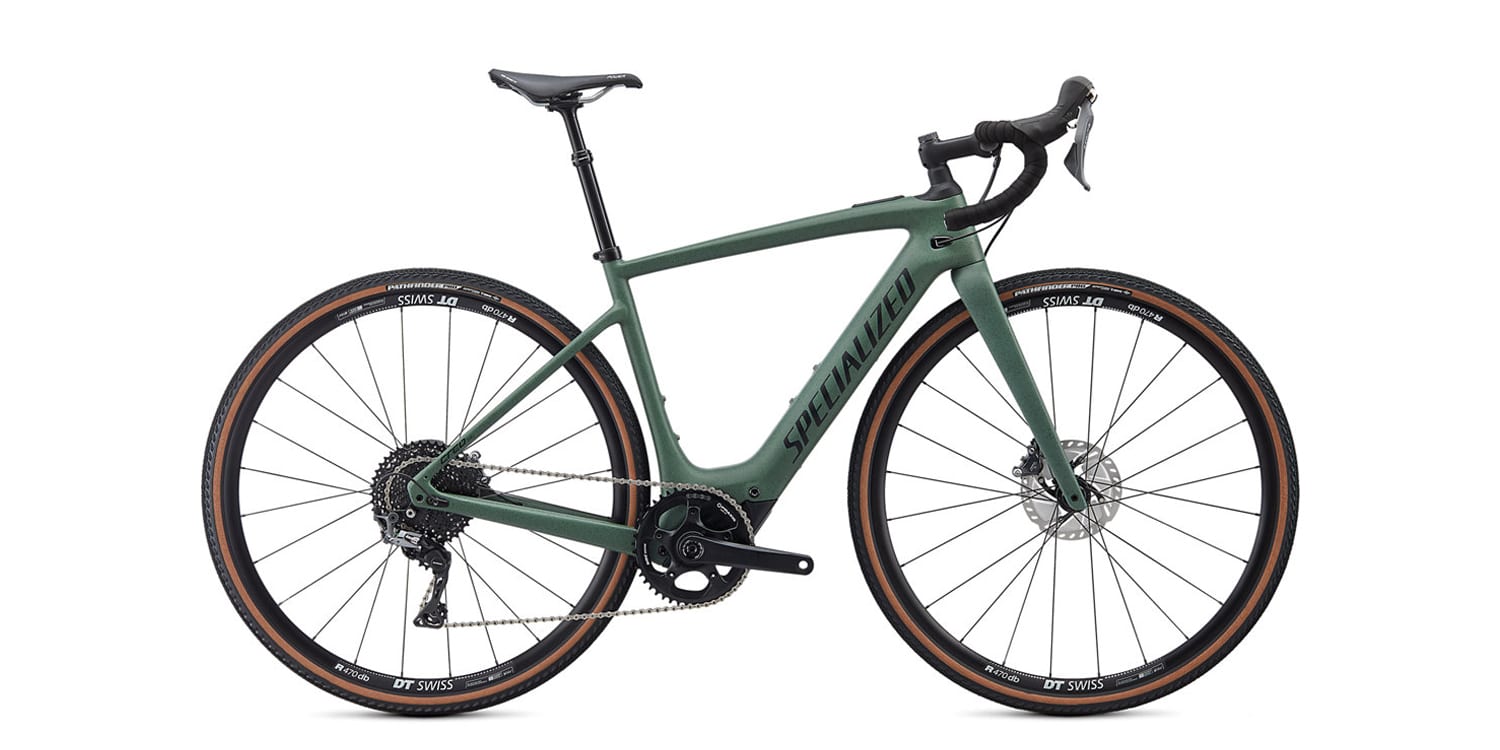
Reader Interactions